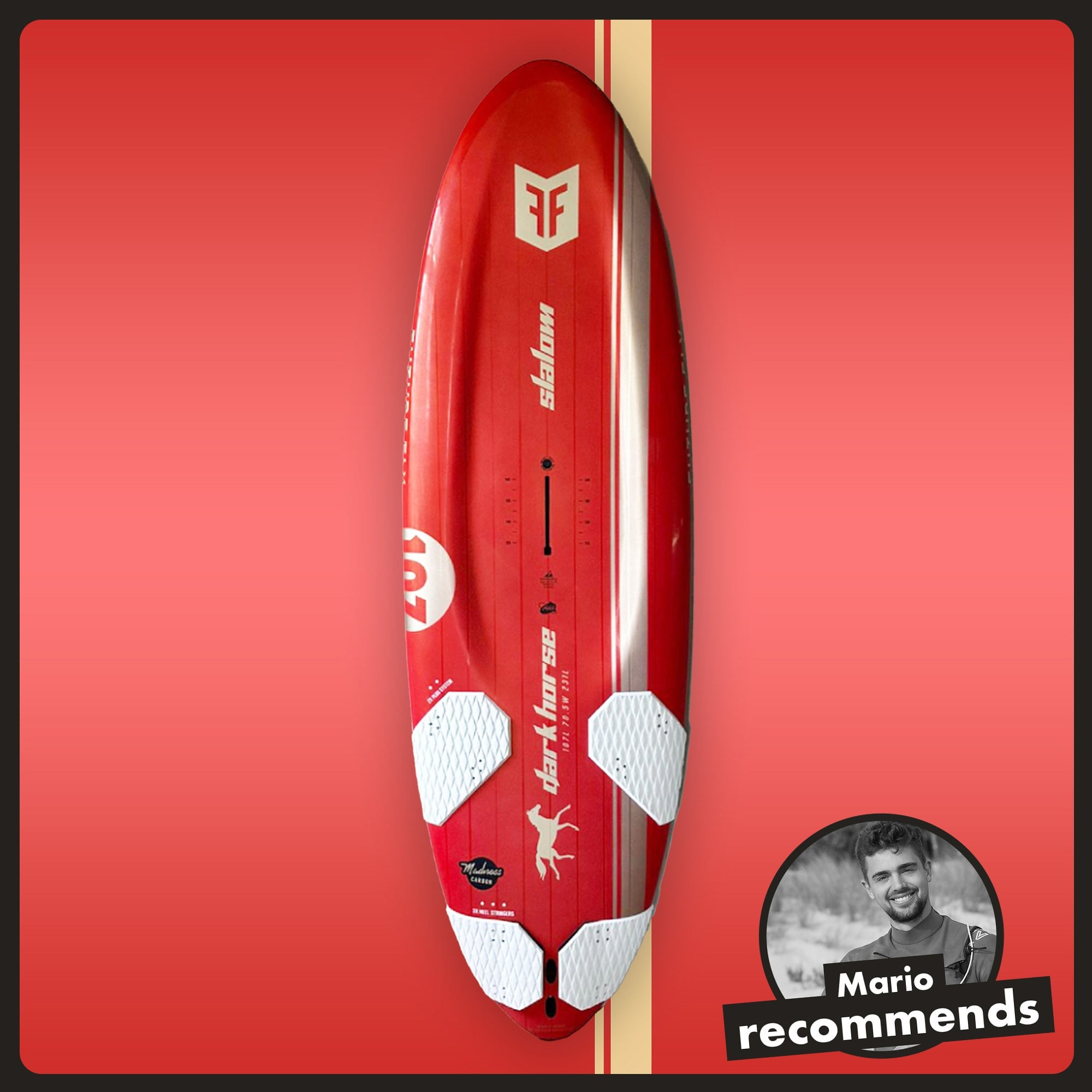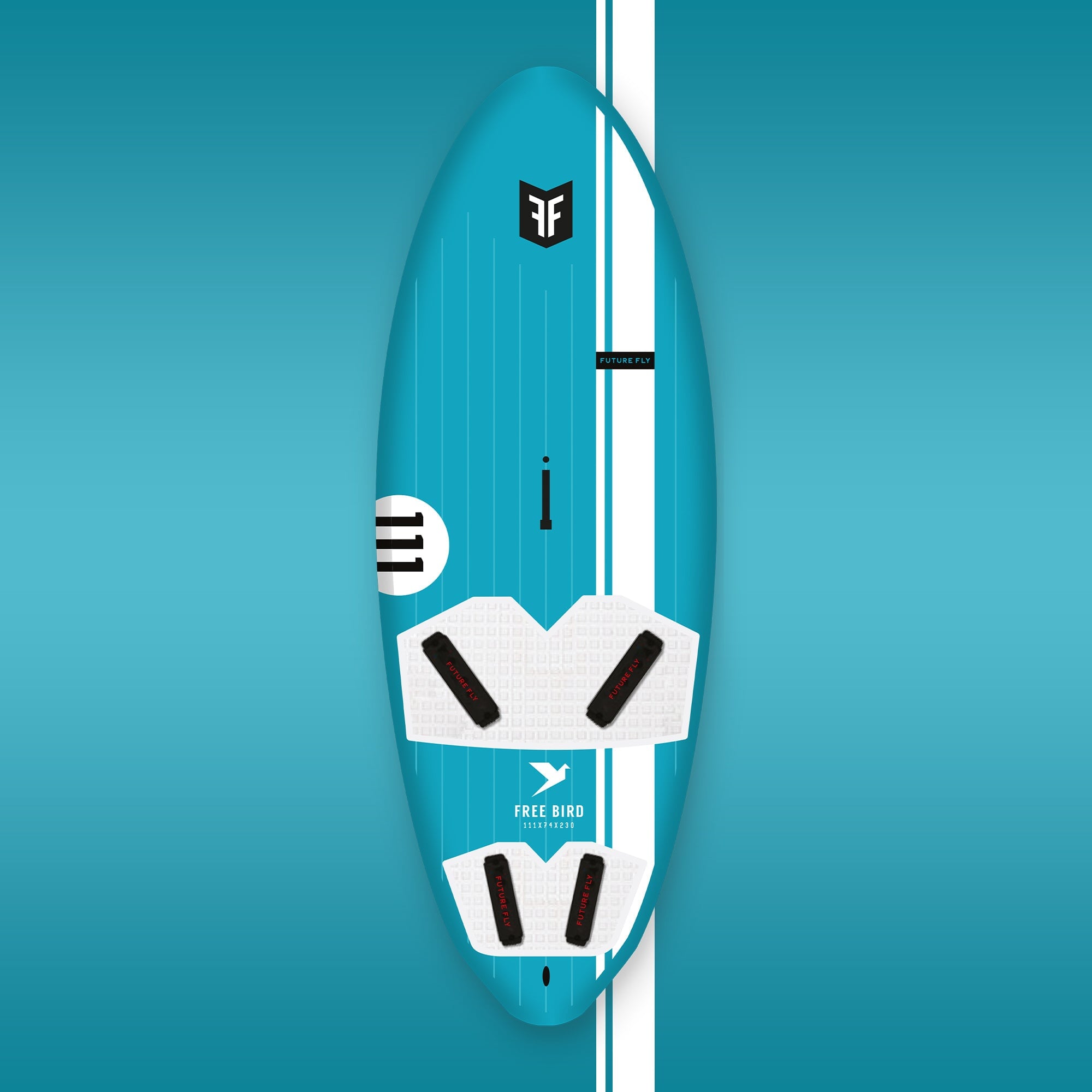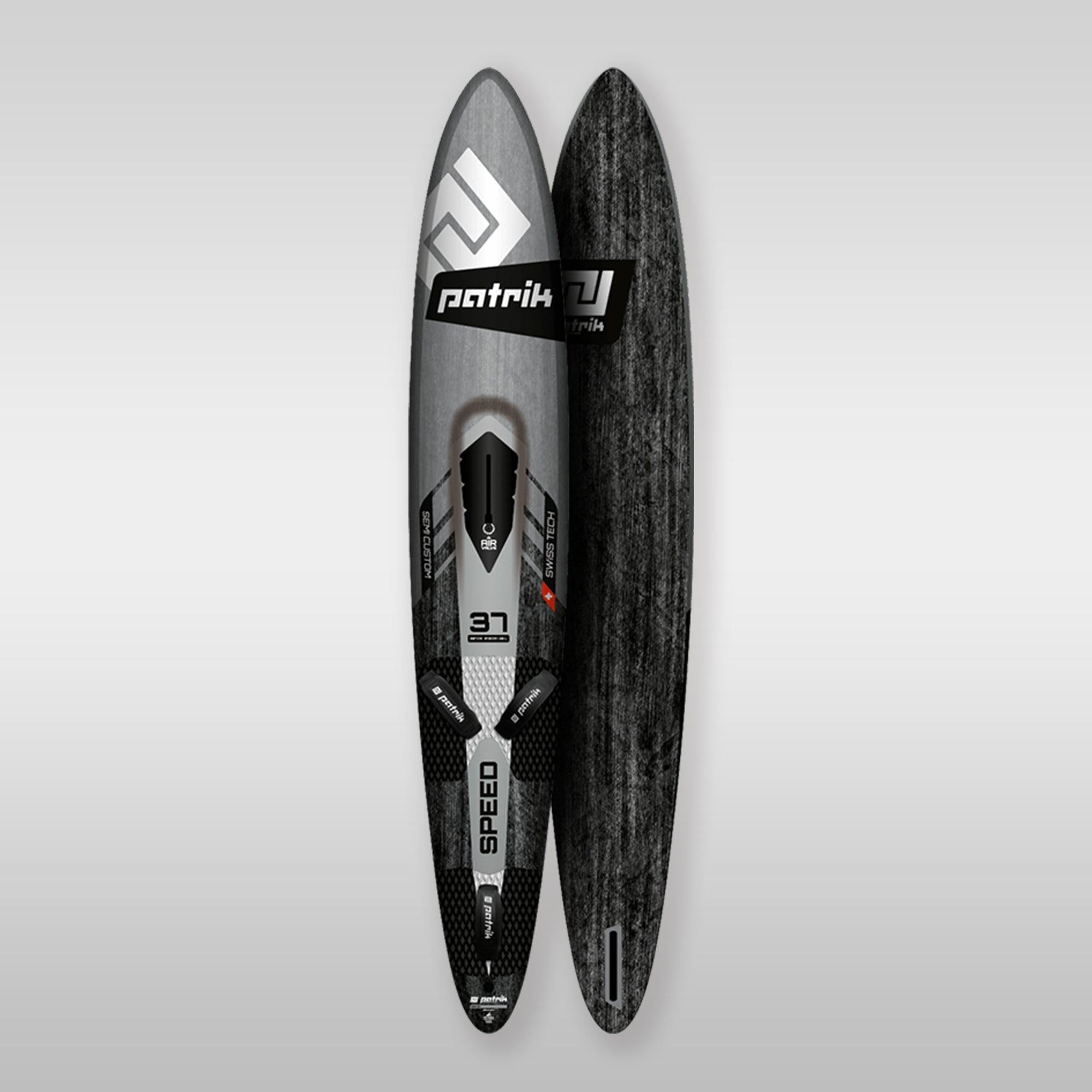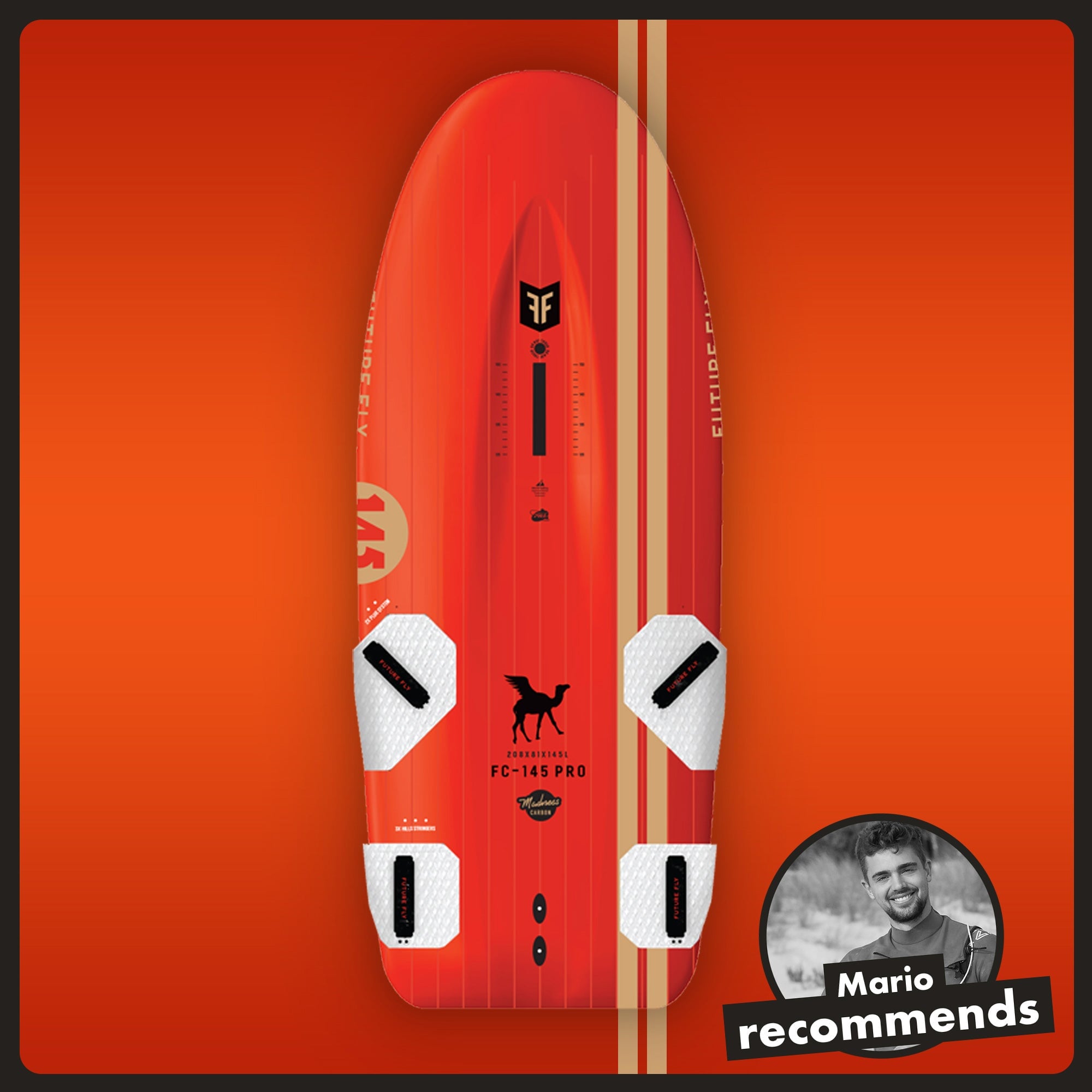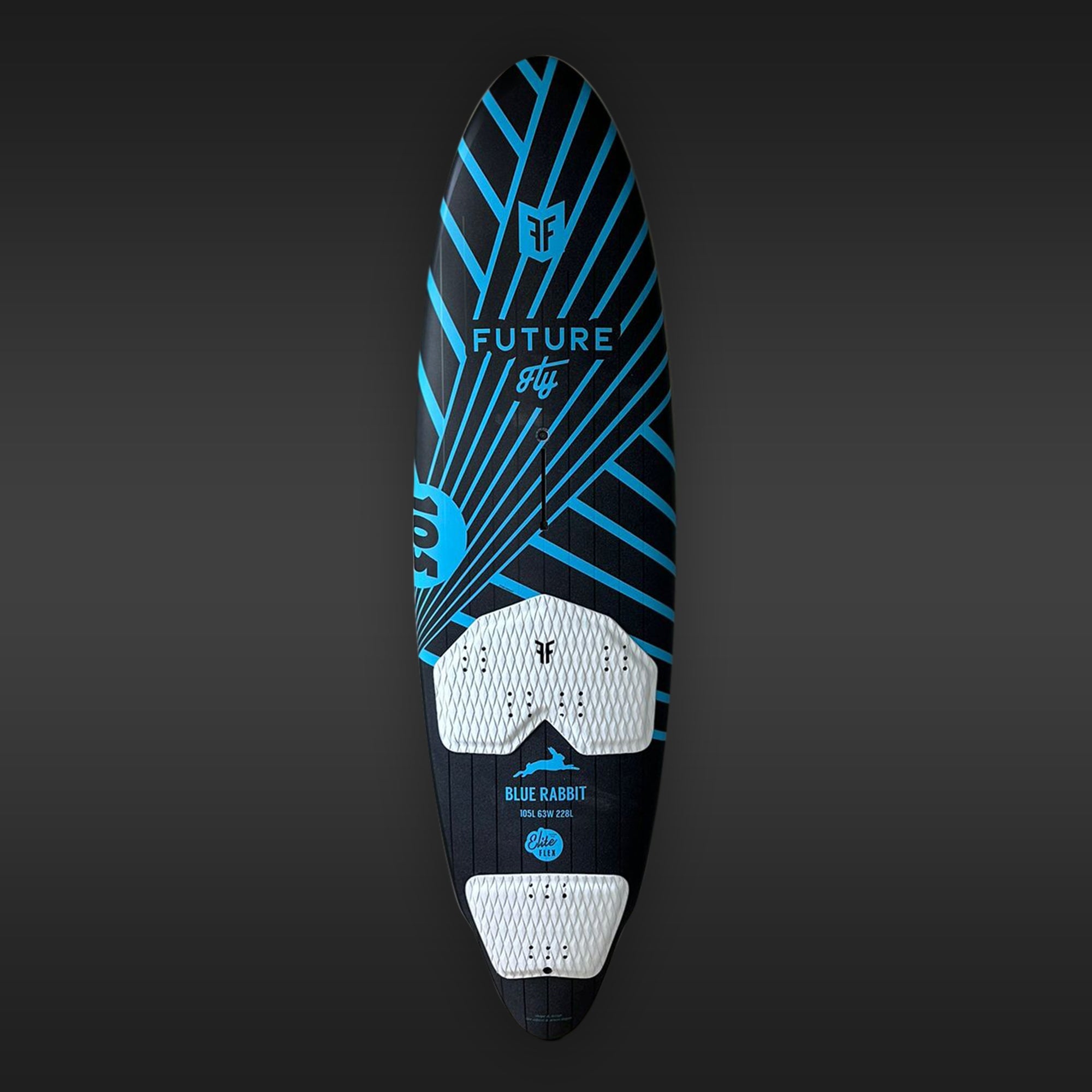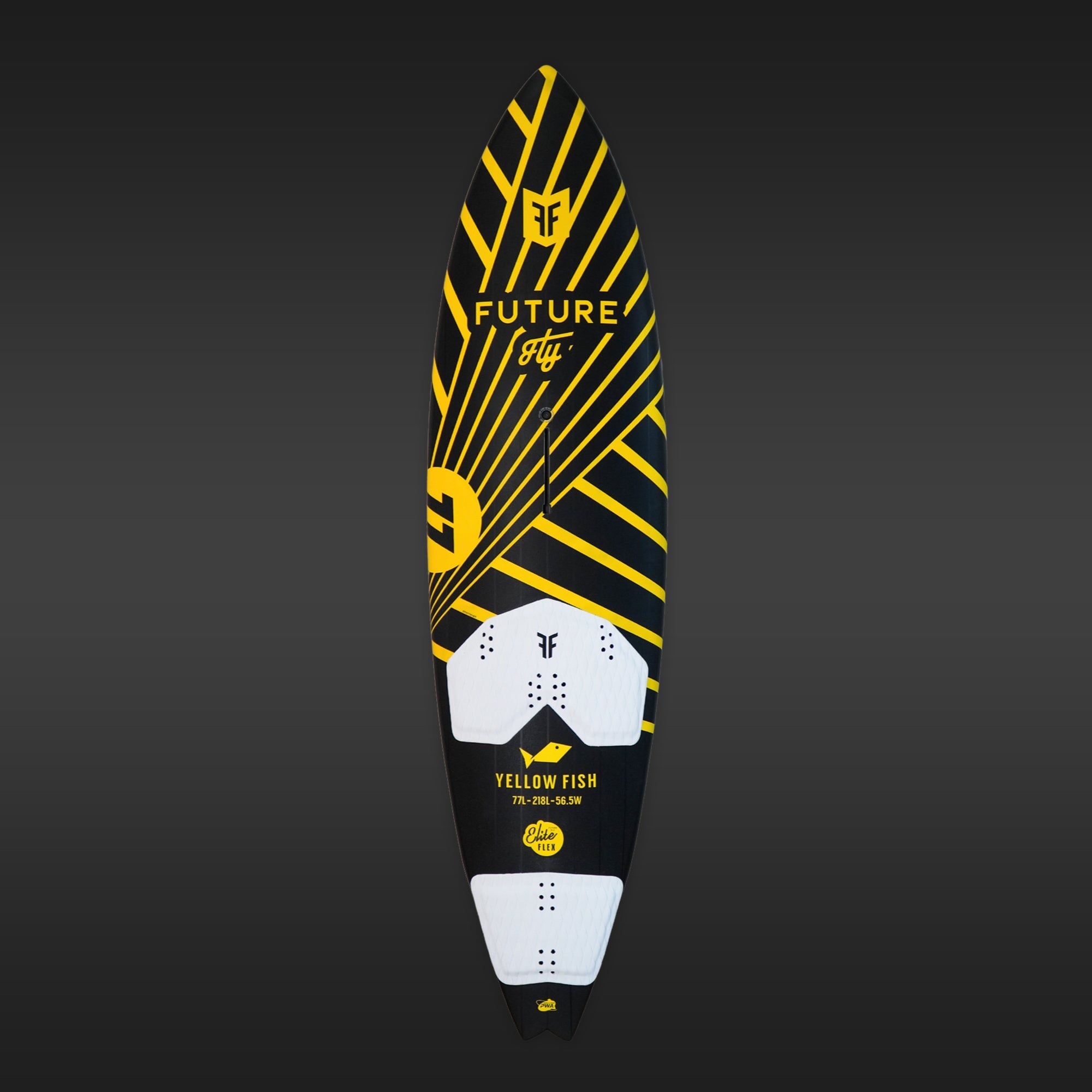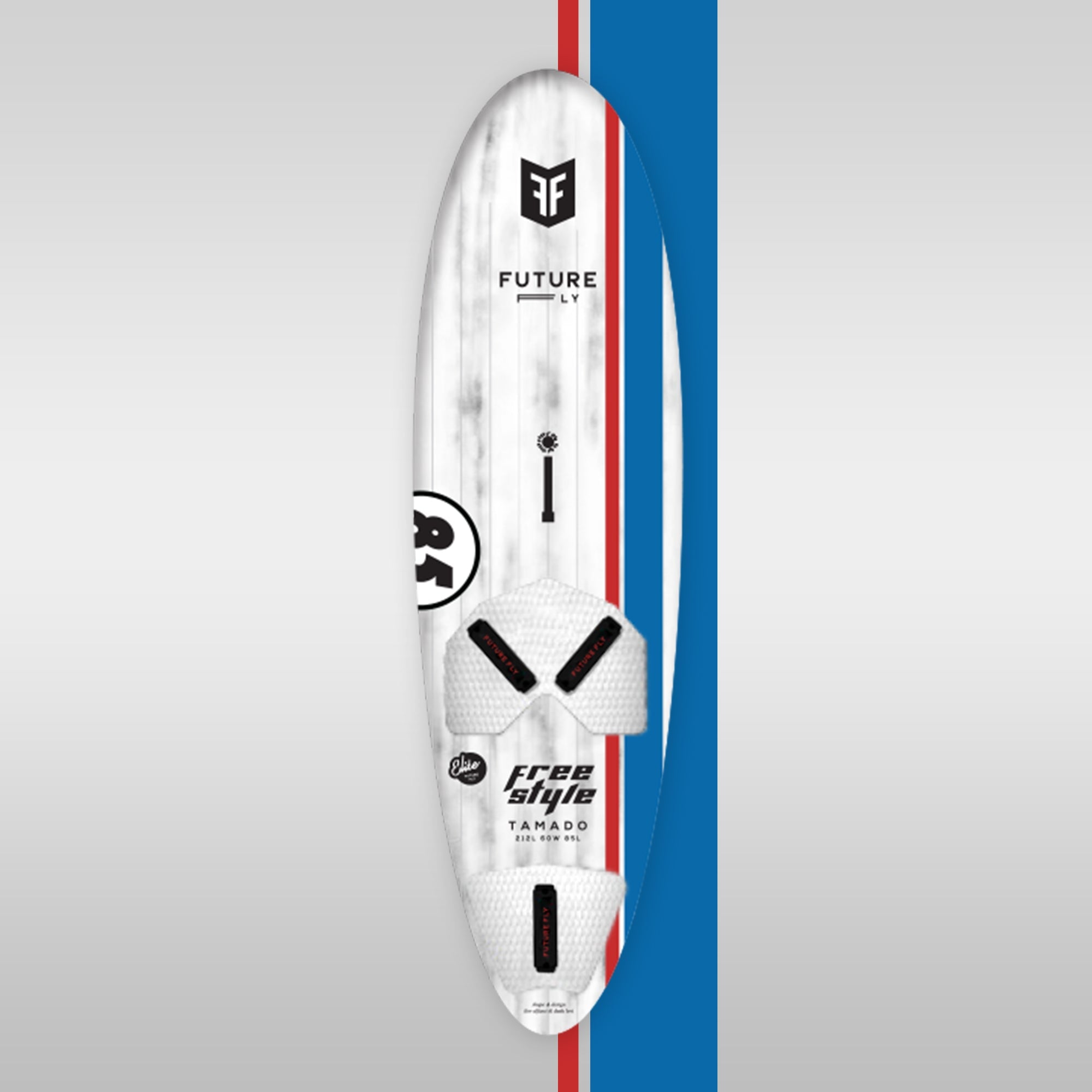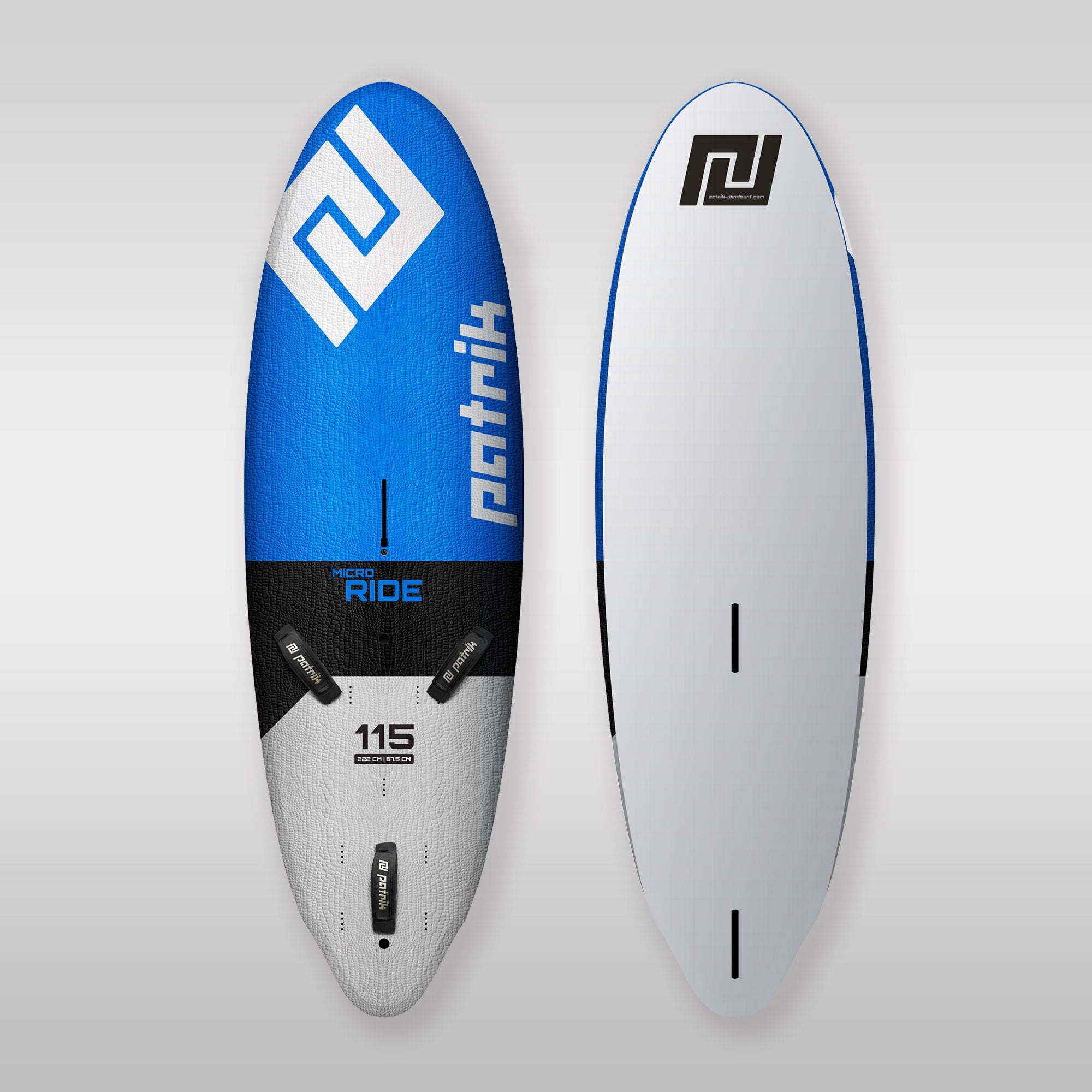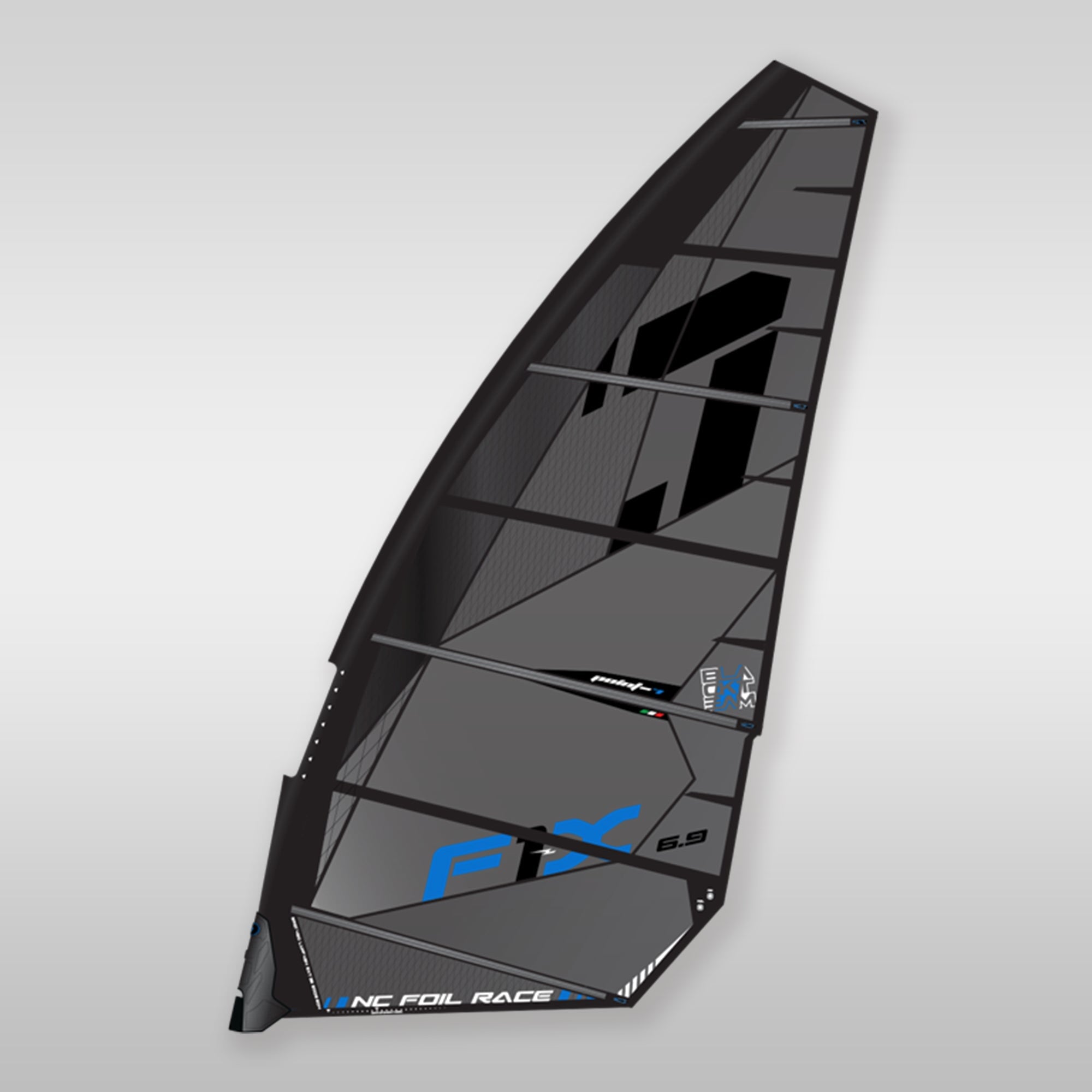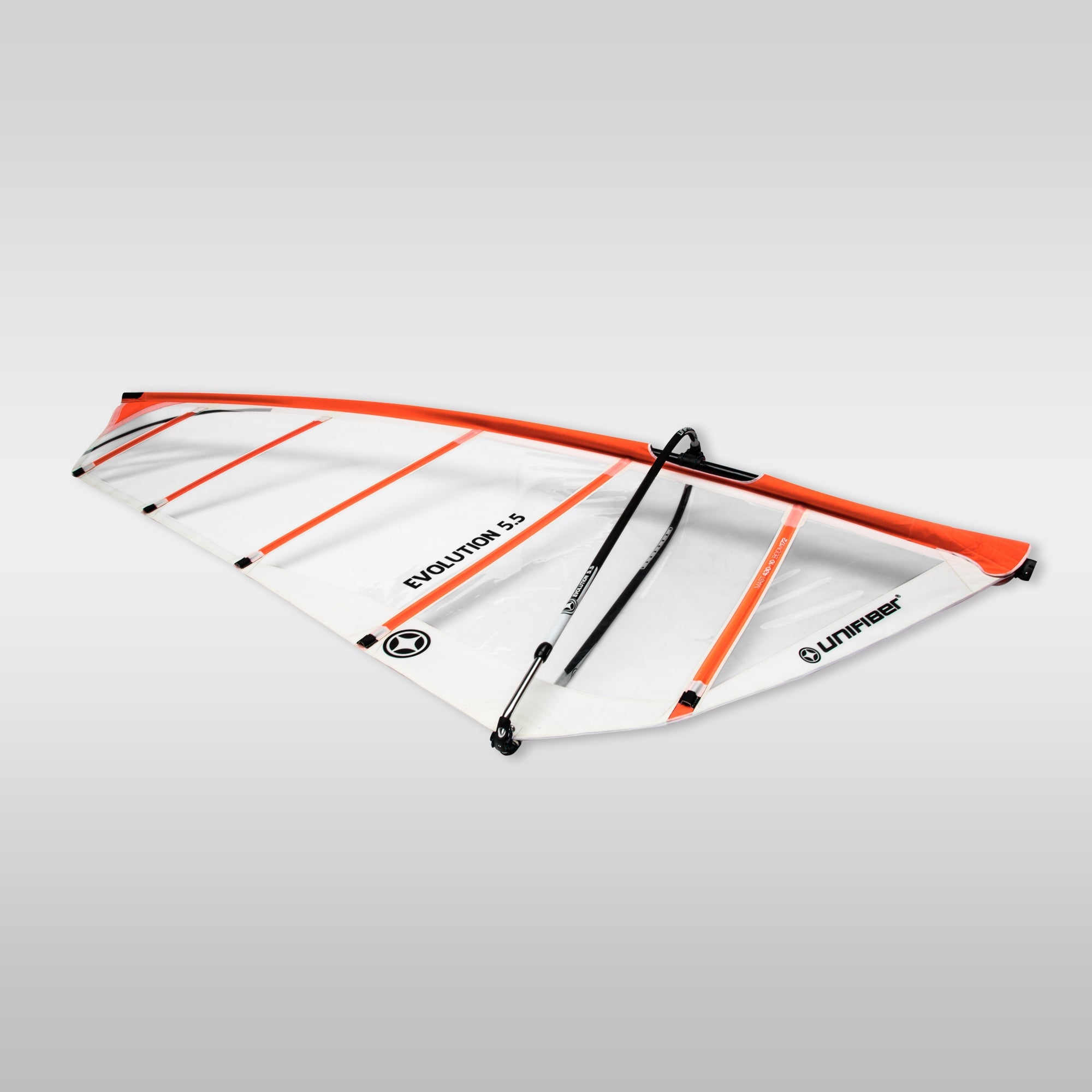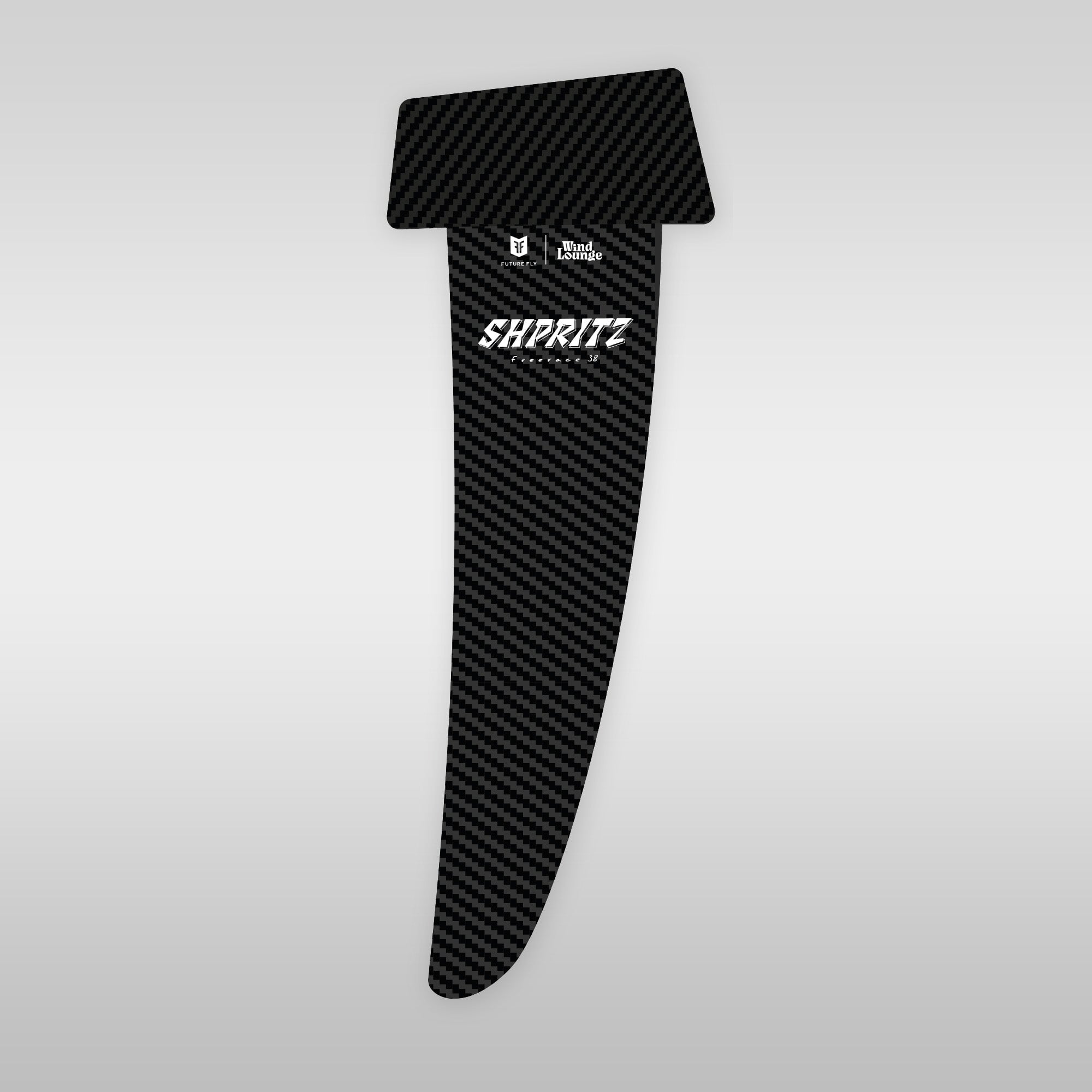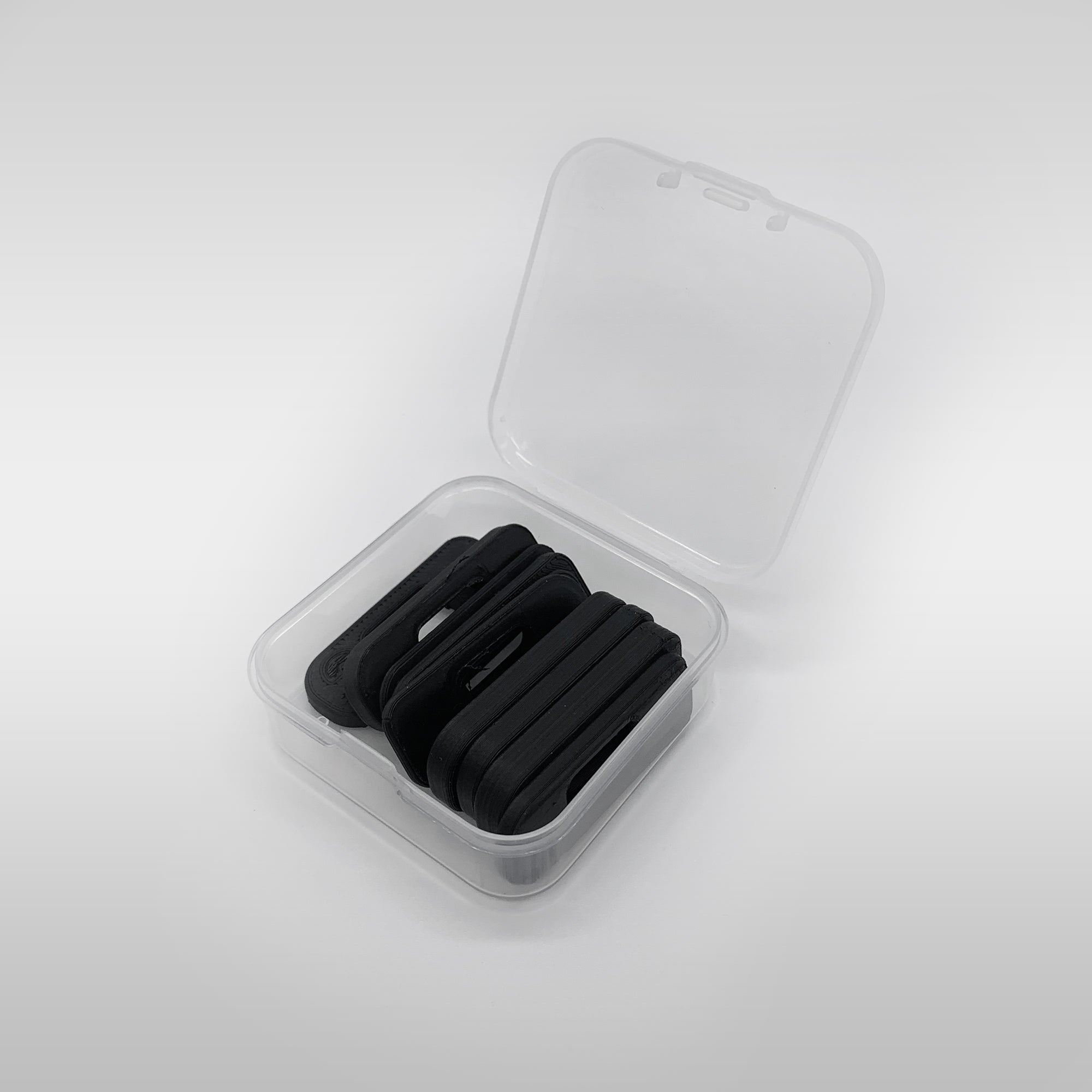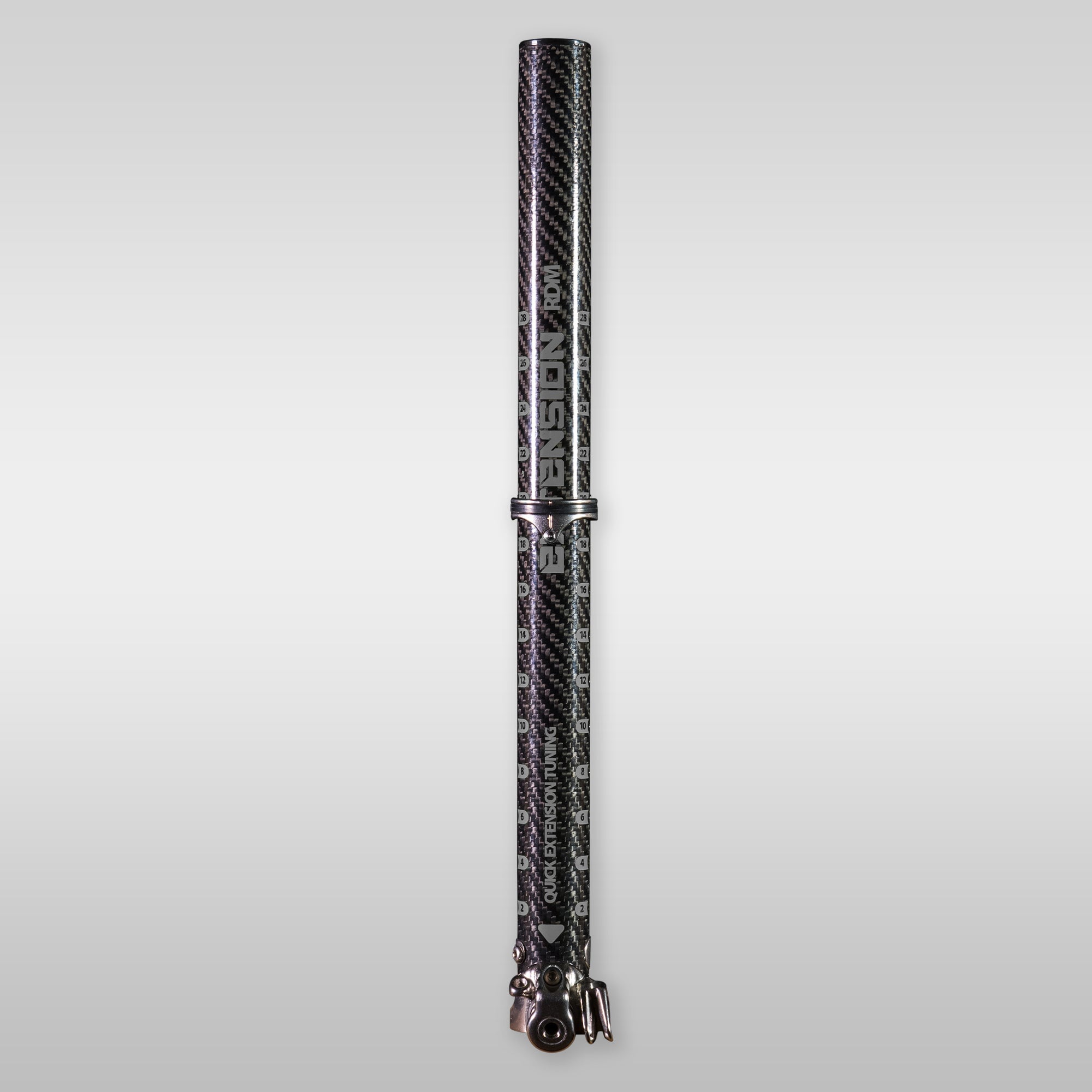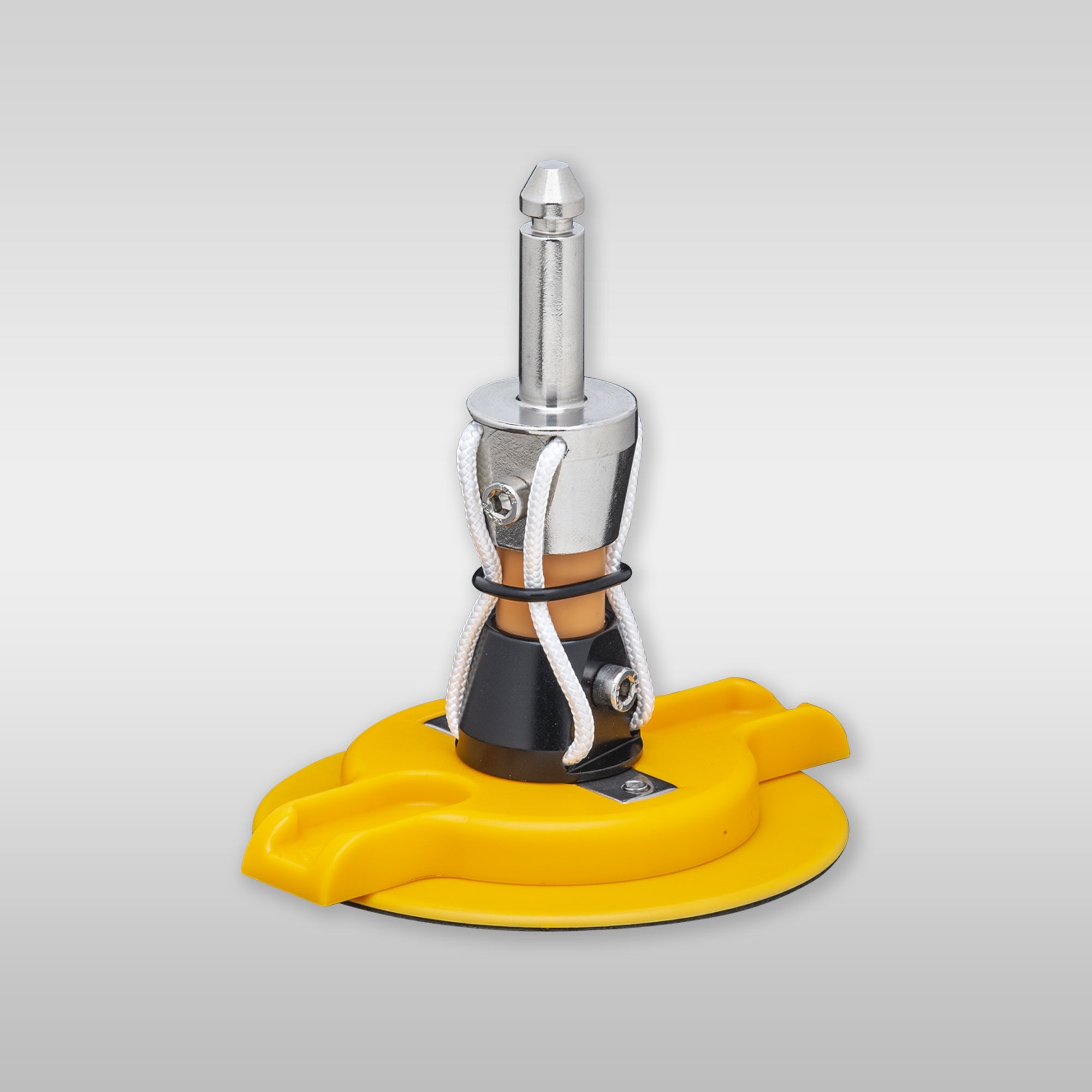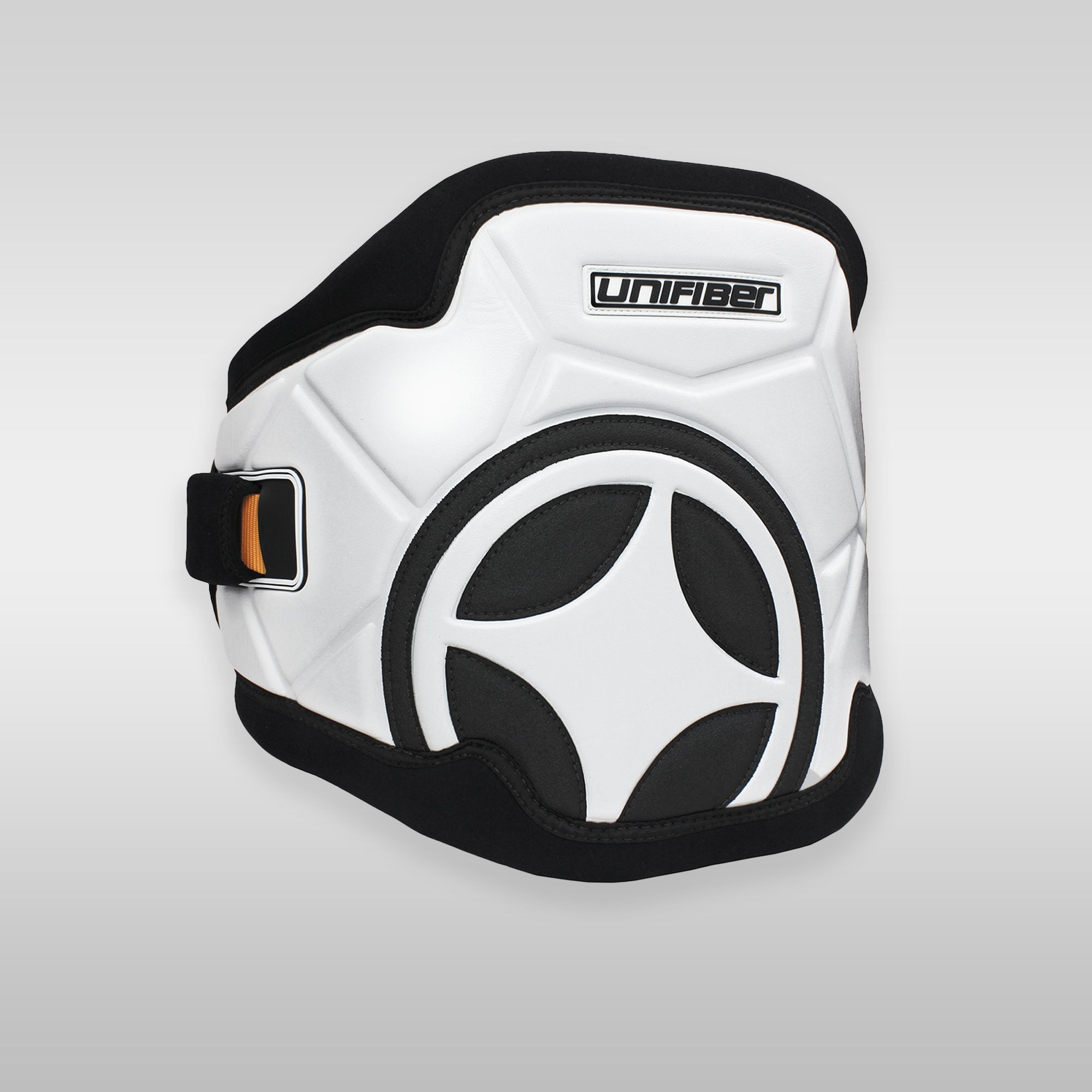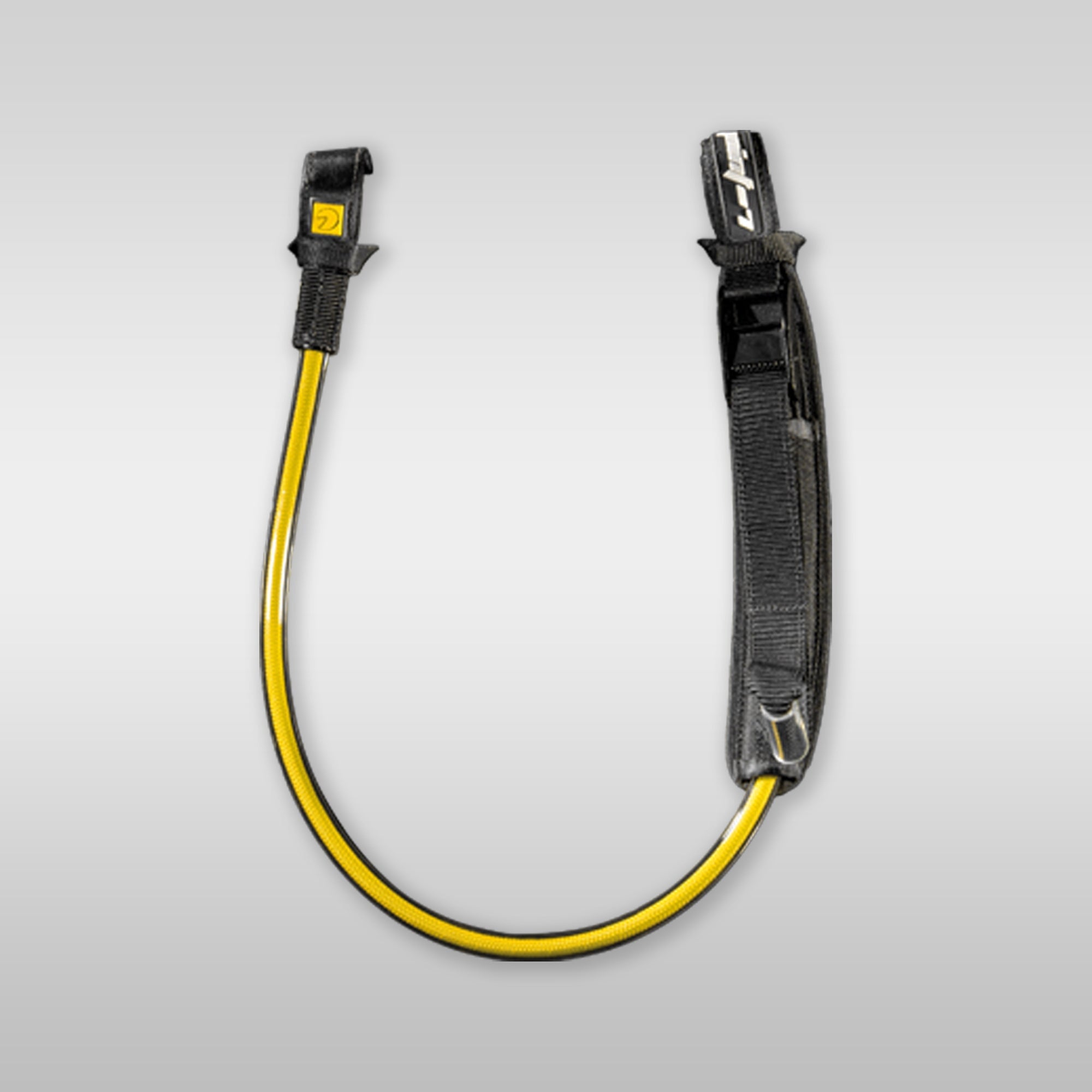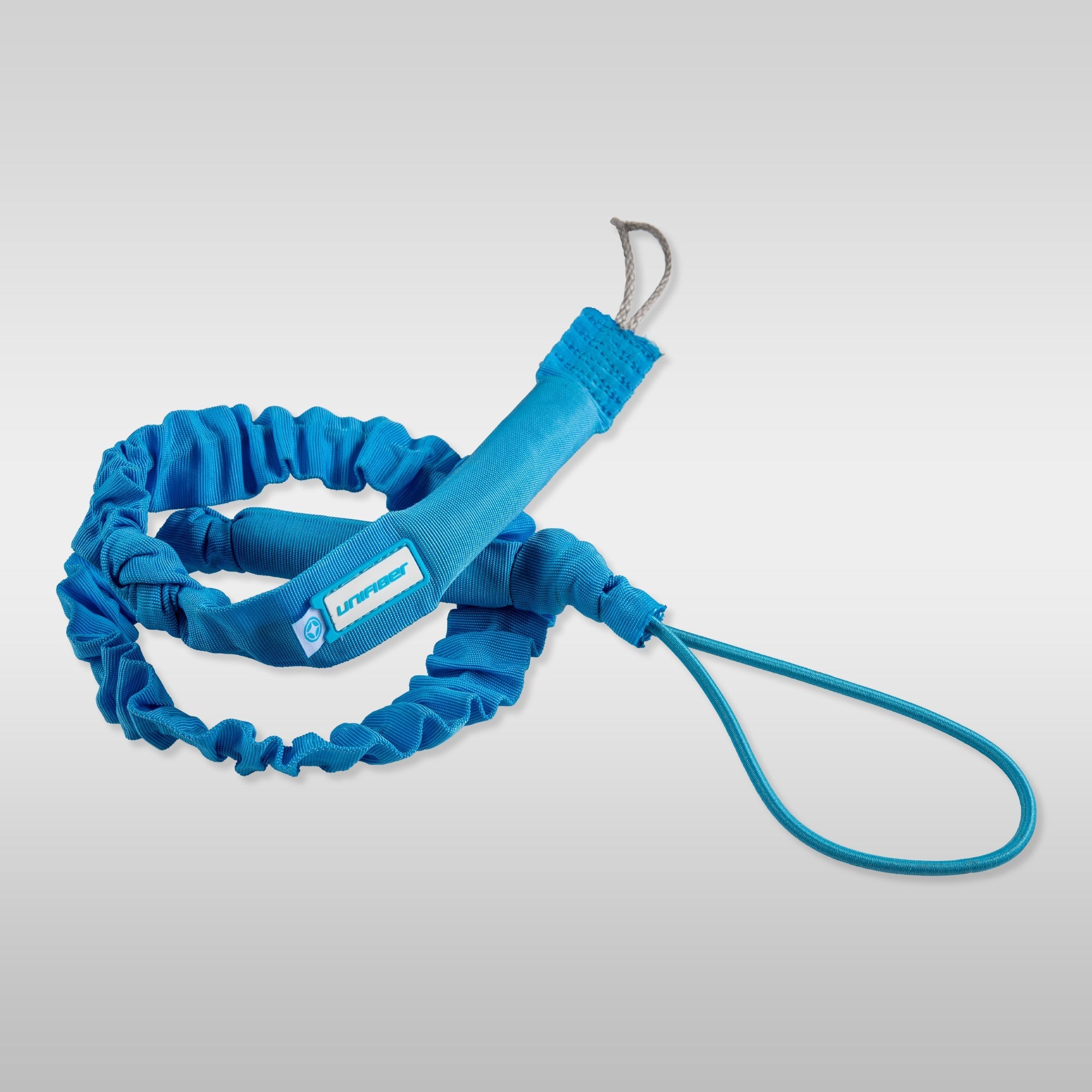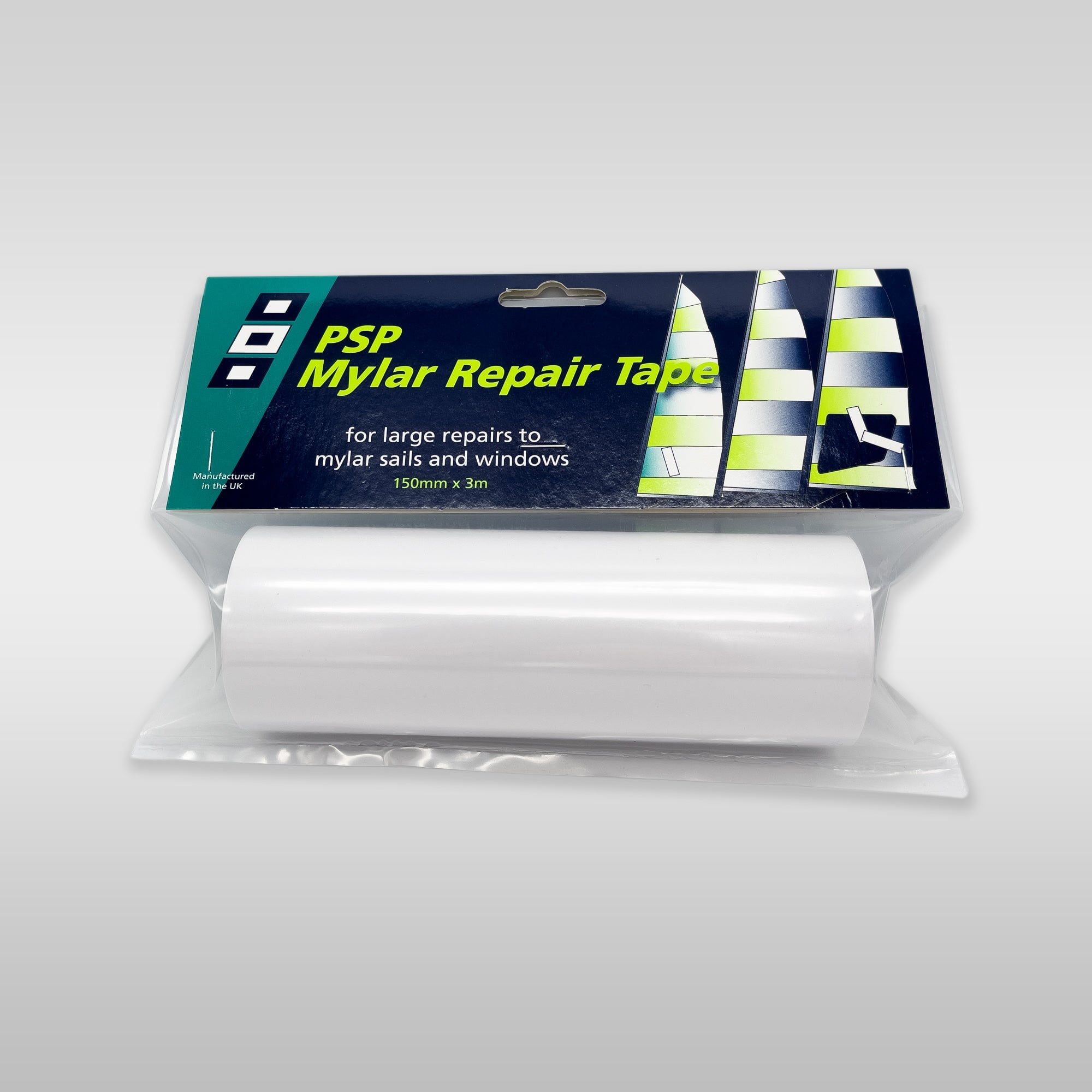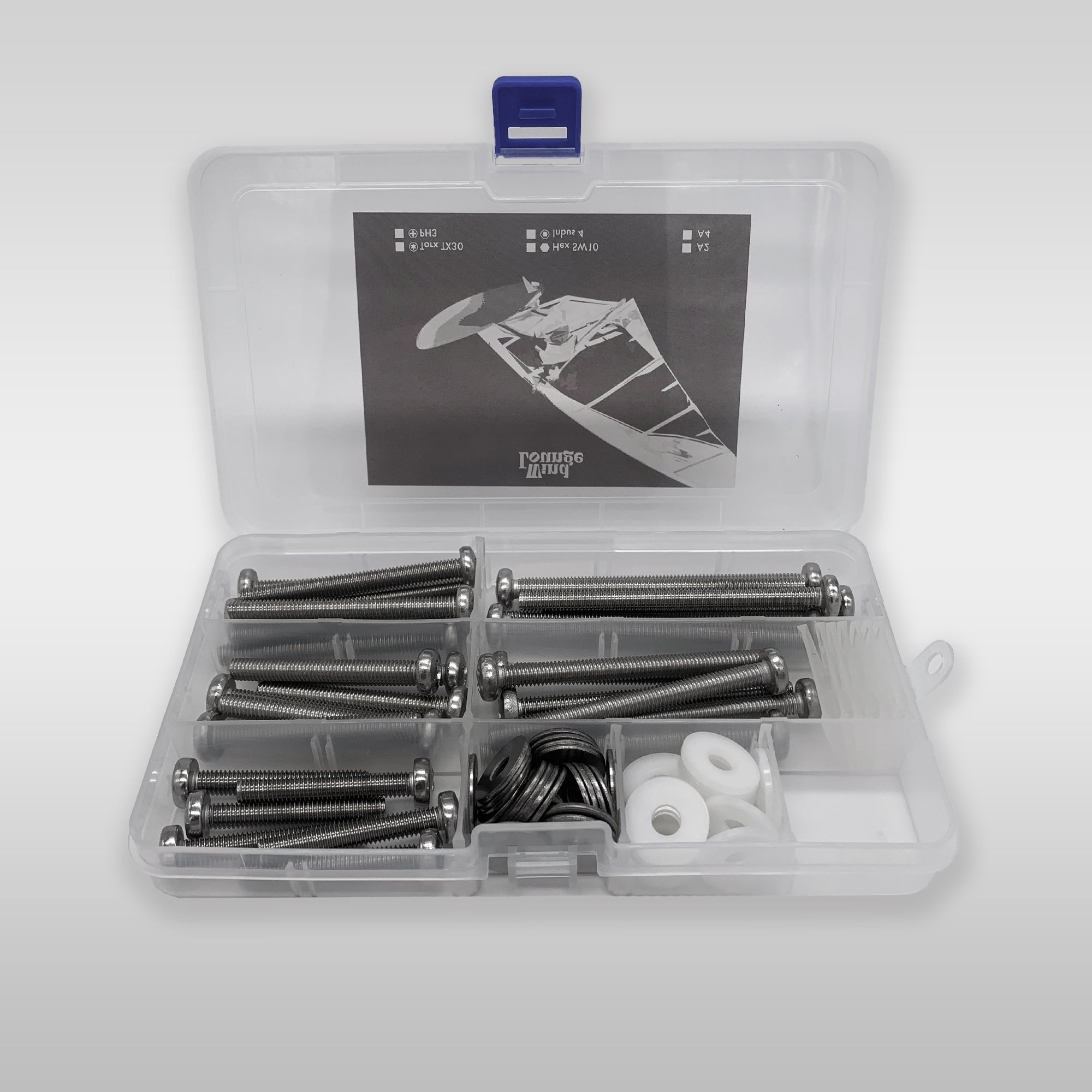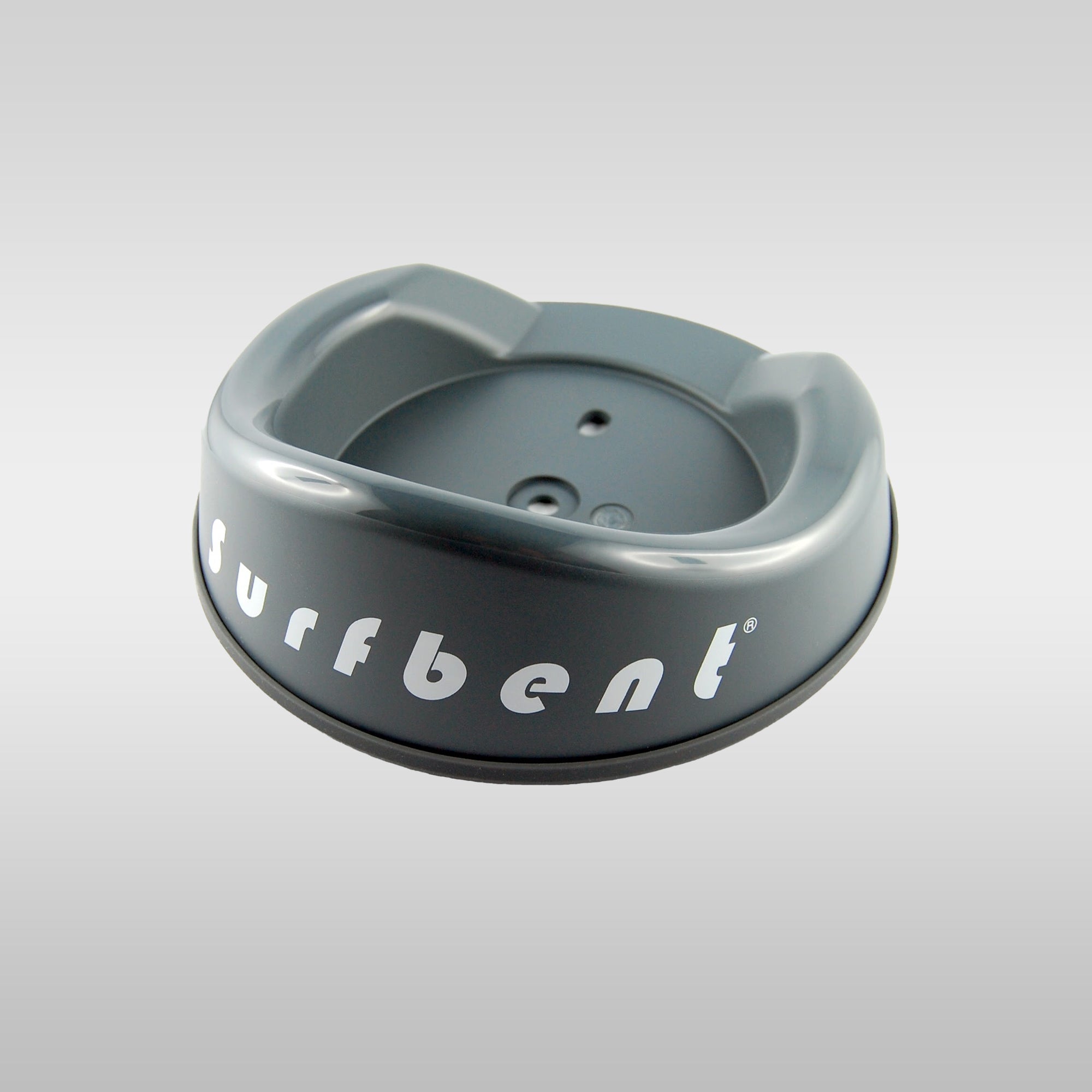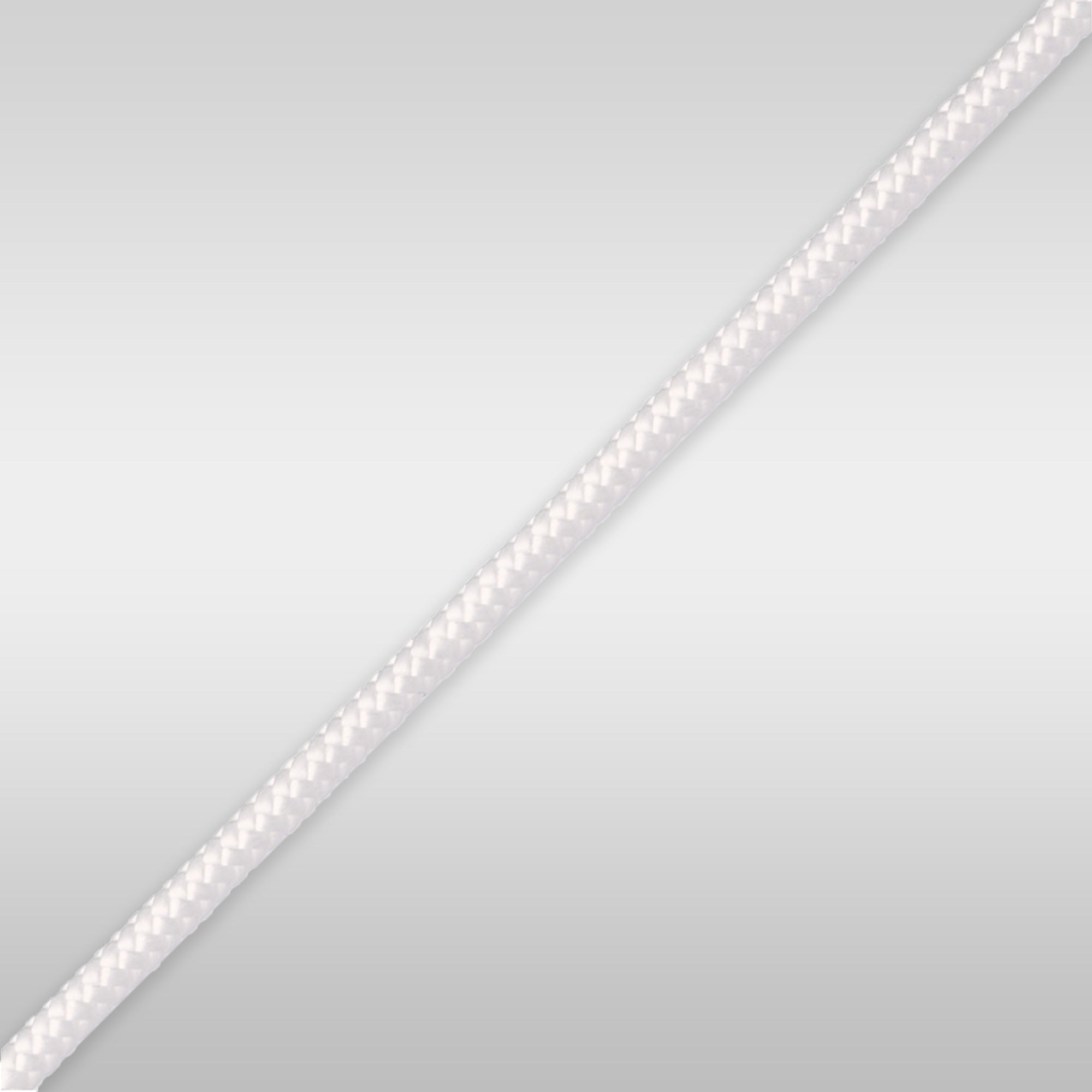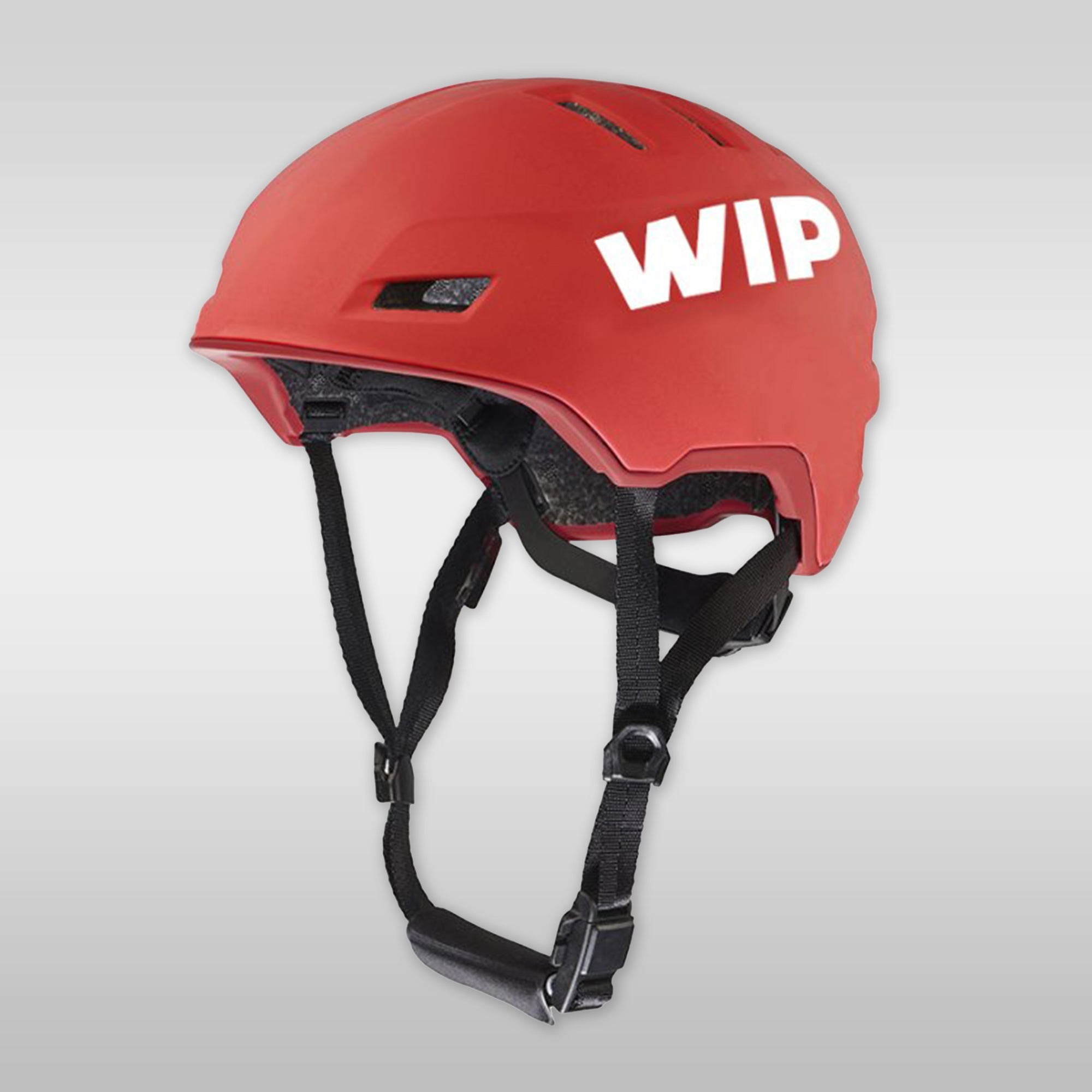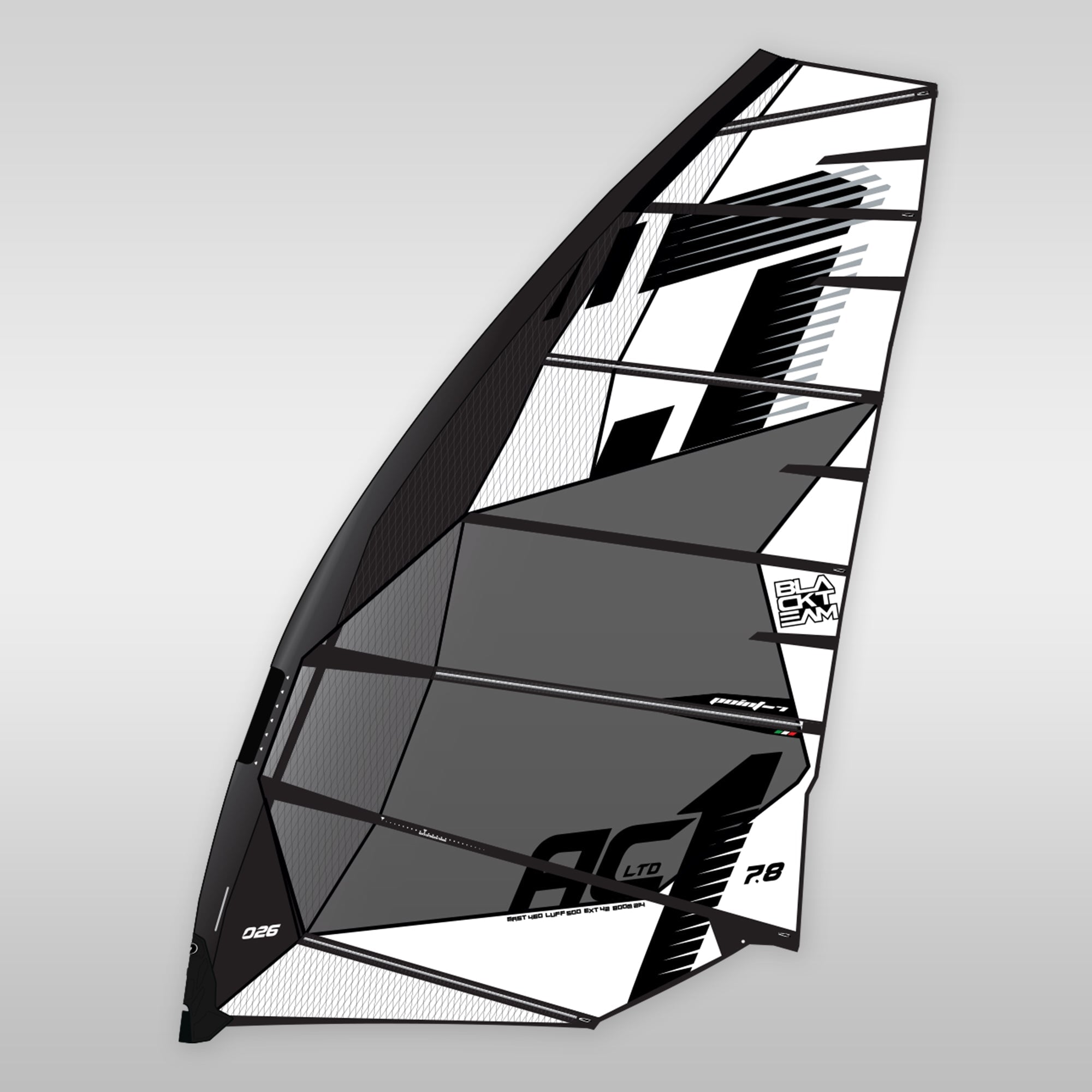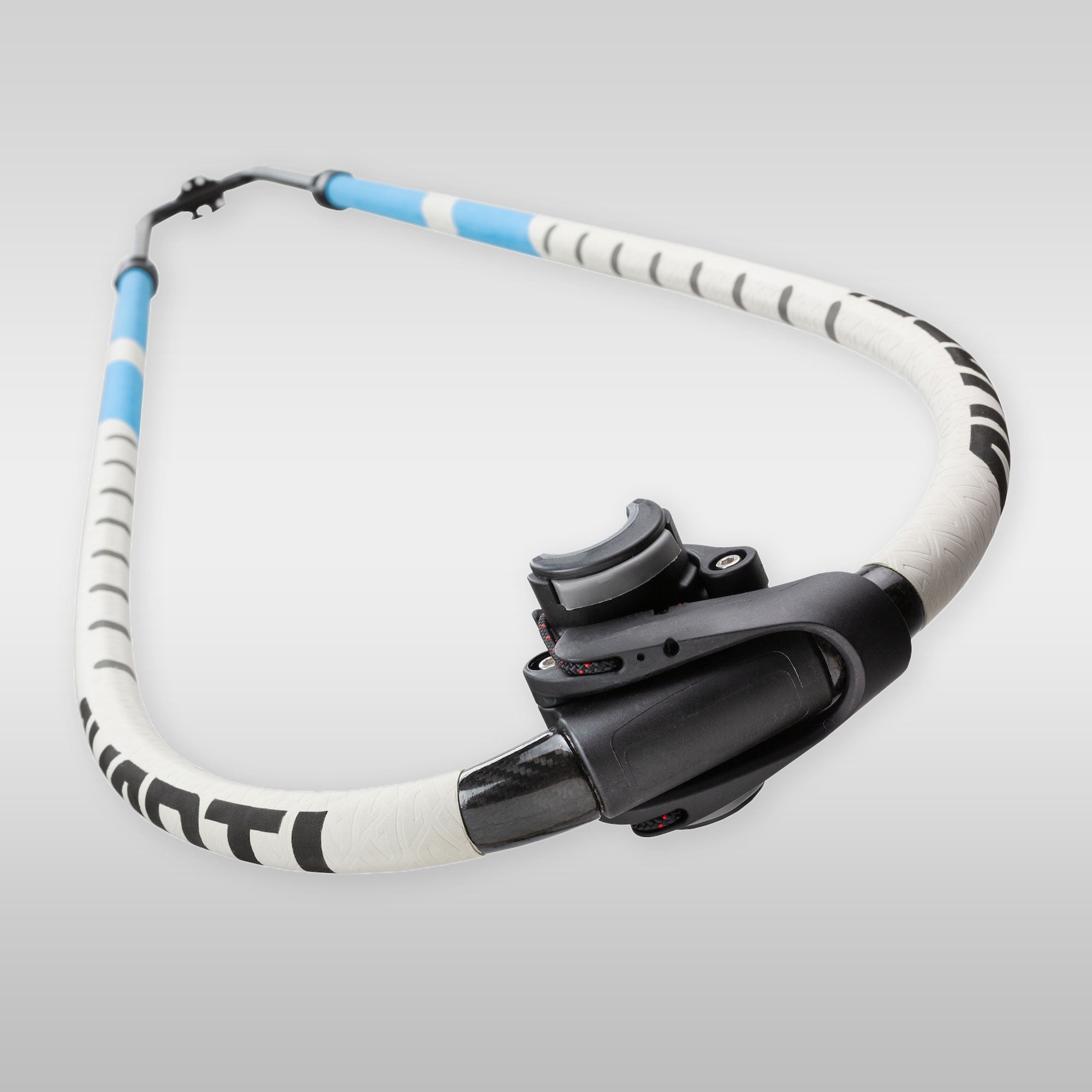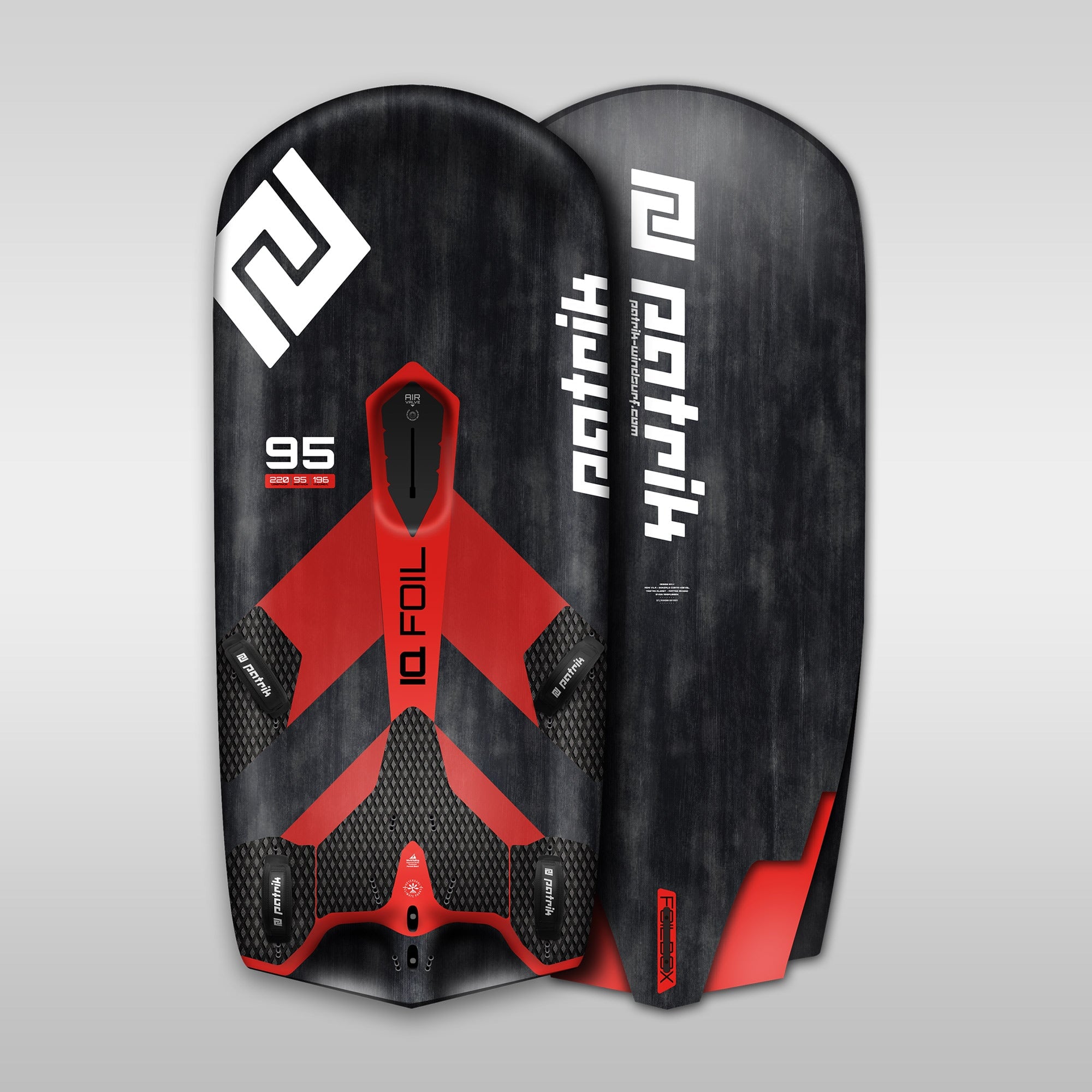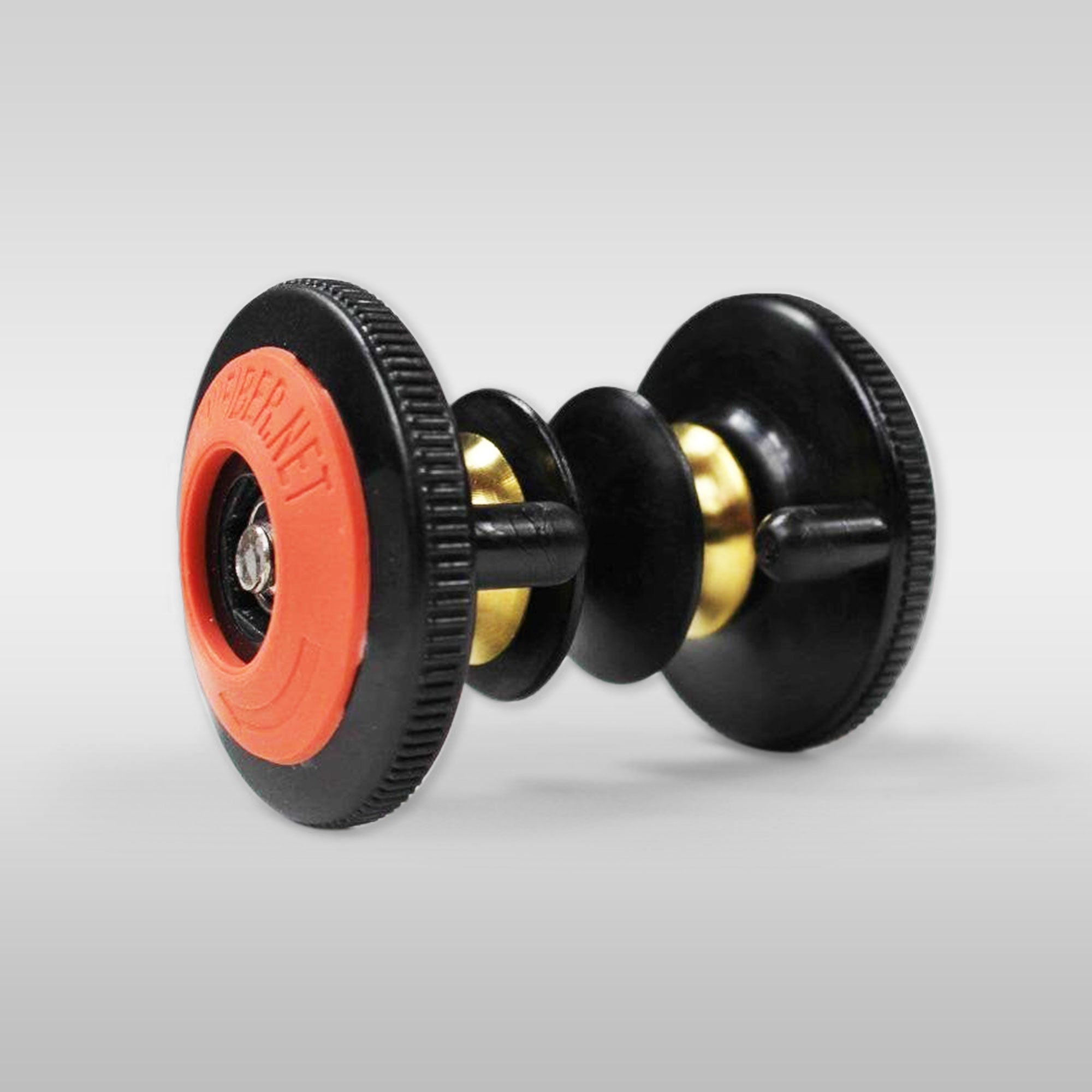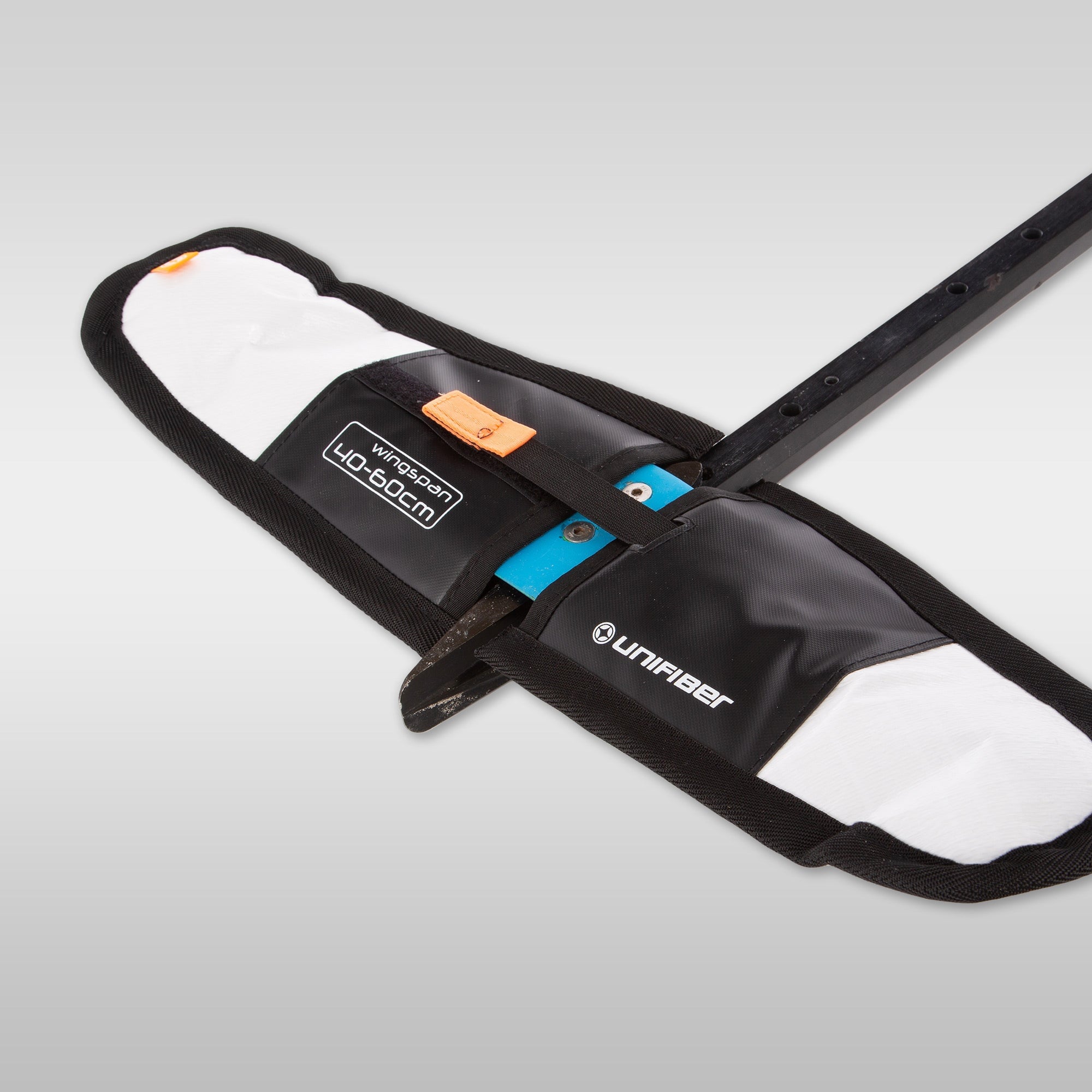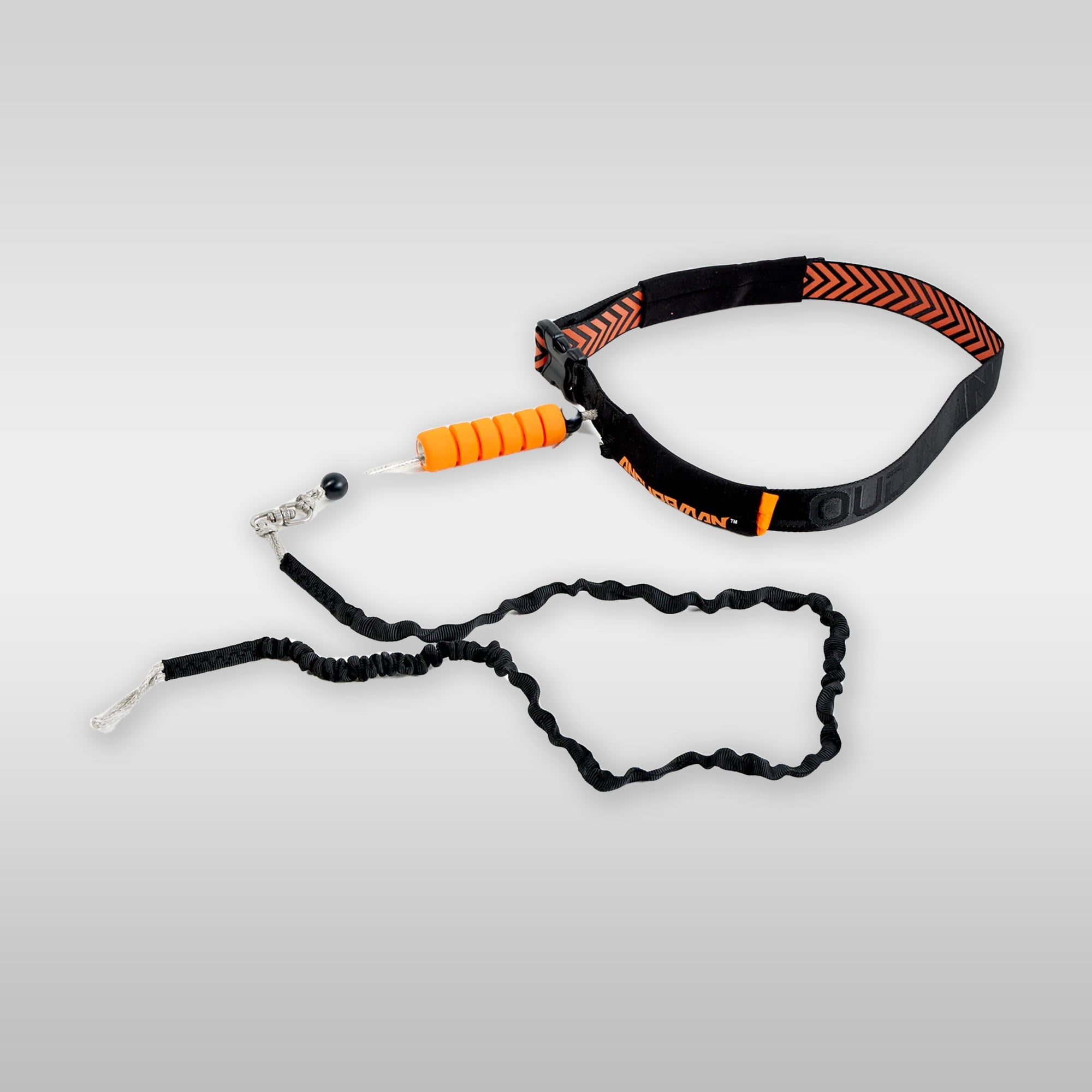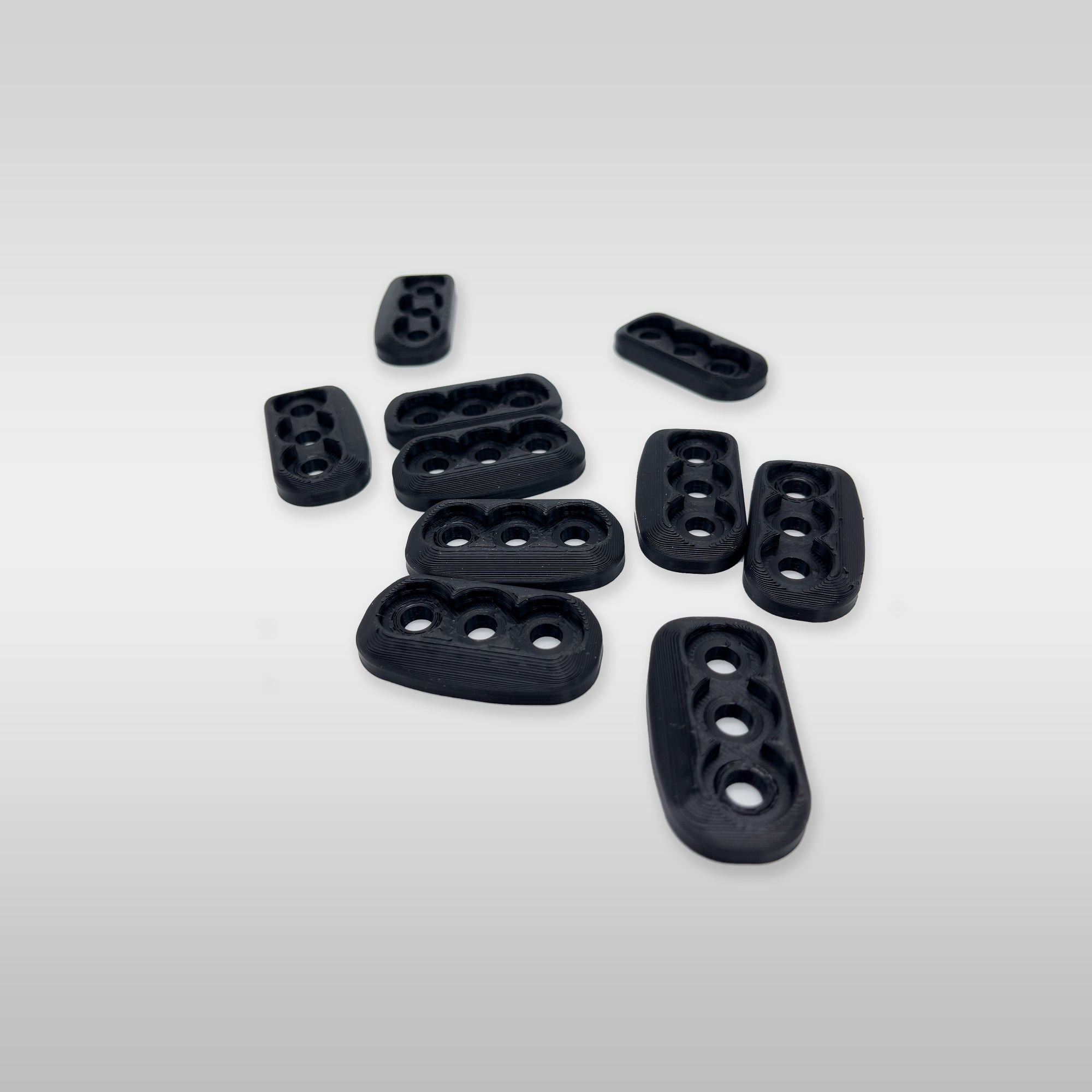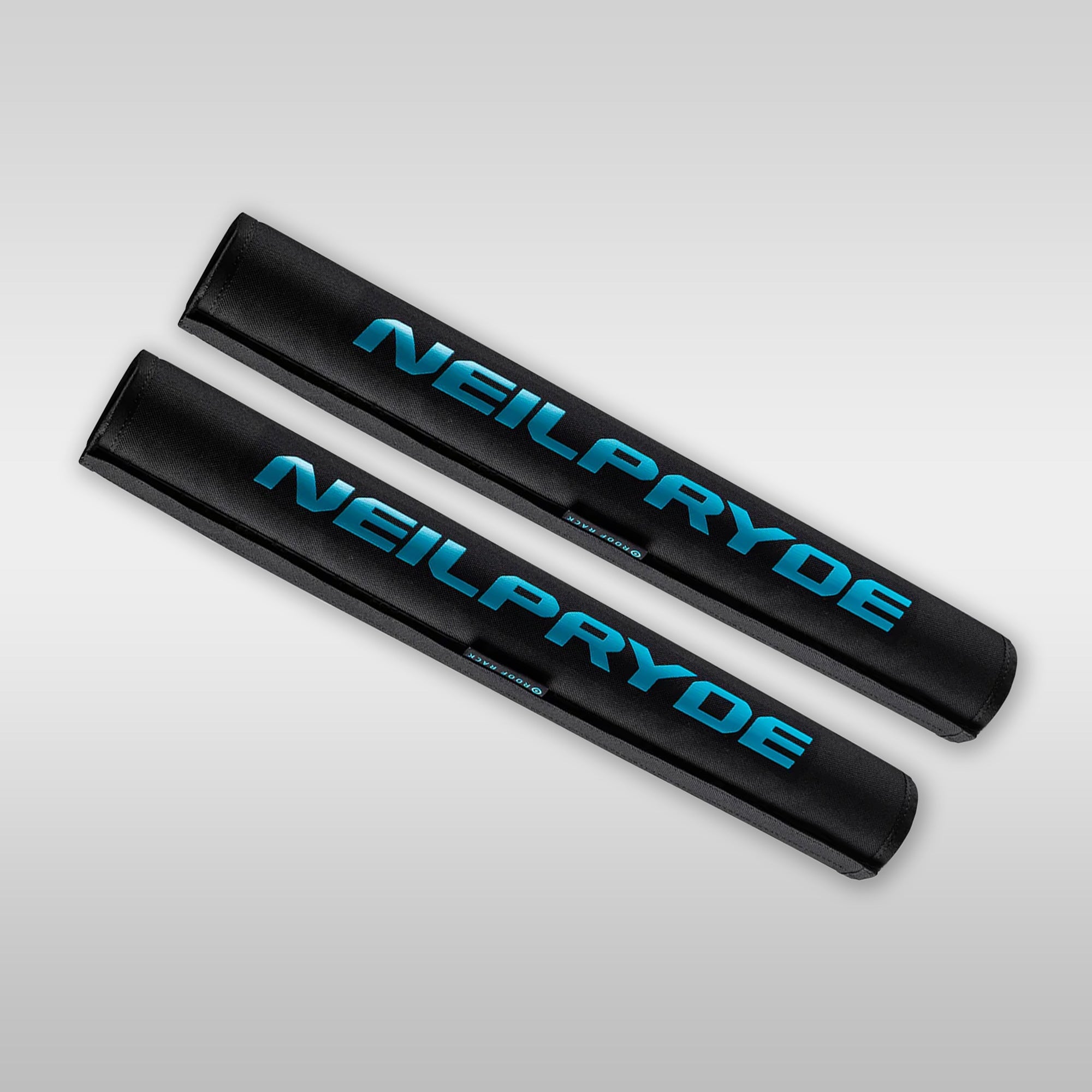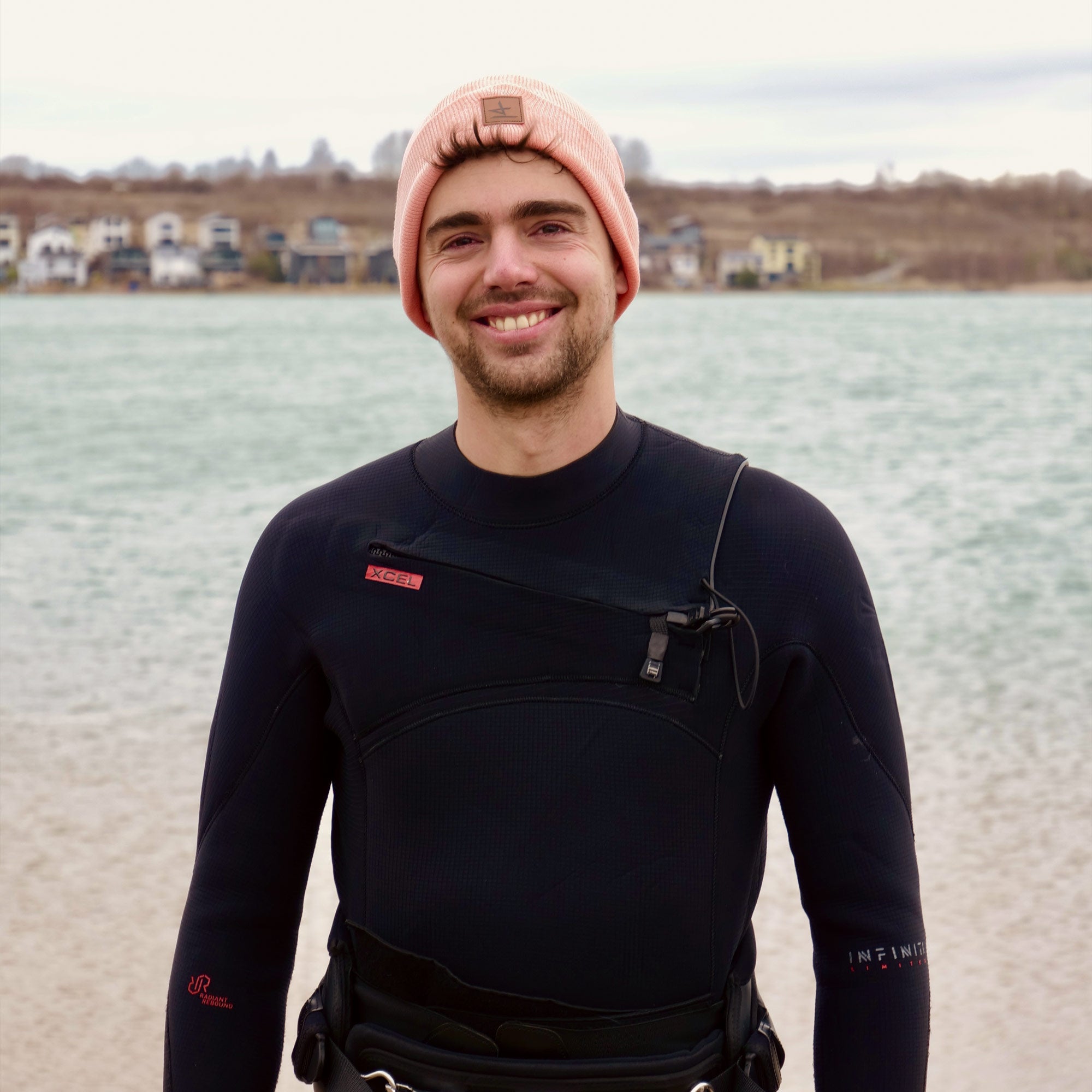Wir präsentieren das Avanti Sails Machine M-10
The Summary of All
For more than a decade Avanti has spearheaded membrane windsurf sail development.
The Machine sail range has always been at the front and this year is no different. Season after season we have worked to improve on last years design. Over the past 6 years we have been through several major design variations. Low aspect, high aspect, eliminating the cross batten, wider foot, larger head, moving of the sail twist, introduction of clew plates. Everything made possible through the creative mind of Dan Kaseler, without whom Avanti would not be.
This year we have taken a fresh stab at the design process. Digging through our years of notes and references, we are proud to release a sail range that does not hold itself locked to one stigma, but one that implements the best design features and qualities as envisioned per size. The larger sails we keep as high aspect, where in the smaller sail sizes, for when the wind is really whipping, our experience tells us that the lower aspect sails remain easier to control, equalling more speed and fun.
Progressive Sock Widths
Machine M10 luff sock widths in the upper 1/3 are systematically widened, as a function of overall chord length, for essential drag reduction.
Clew Plate
The Machine M10 features our Clew plate and each sail come delivered with a Quick loc pulley. These plates are new to the industry and still a unique feature only found on the avanti sails. The basis of any sail design is to keep the profile as locked as possible. The fibres in the membrane carry load, this load is directed to the sail foot, mast top and to the clew. To minimize any sail distortion, having a plate in the back, you gain a much improved and synergetic pull on the clew. Less sail shape distortion equals that we maintain the designed sail shape and under more load. Just look at any yacht racing sail, these go to the extreme in terms of having a stiff plate in the back of the sail.
Membrane Technology
We started with our own exclusive, ultra-light membrane construction. Proven, copied and ranked, our membrane is engineered to distribute loads evenly and appropriately throughout the sail skin in a way that traditional panelled sails cannot replicate. We call this Smart Load Technology; fibre and strength where you need it, weight savings where you don’t.
Batten Layout
We set all sizes of the M-10 up on a 7-batten structure. The cross-batten is aligned to exit at the clew for superior stability when sailing deep in negative outhaul modes. From the cross batten up, battens are flowed quickly and aggressively to stay airflow aligned.
5.6 – 6.3 – 7.0 – 7.7 – 8.4 – 9.2
Objectives
– Increase aspect ratio of larger sail sizes, keeping lengths booms rider-centric.
– Reduce drag by increasing sock widths in the top third.
– Continue to improve performance on straight-rockered boards.
– Free up sail rotation to allow rider to focus on tactics at the corners of the racetrack.
– Tune up reflex and low leech reactivity through inset-clew position and shaping.
– Adjust twist flow to add release on a downwind slalom course.
It is difficult to overstate the advantages of membrane-based sailmaking. Our ability to add structure right where it is needed, and shave pounds elsewhere is huge. As we prototype in various constructions, including monofilm and modified fiber arrangements, I continue to be amazed by the power that membrane mapping brings to the art.
– Dan Kaseler
– Seven Battens. With a deduction in battens, this new skeleton is lighter, easier to rotate, and more agile.
– No Sock Center Seam. Our single piece leading edge sock panel with no center sock seam reduces turbulence and adds durability.
– Flow aligned Battens. The new Streamlined Design features a fanned batten layout. This new batten layout reduces drag and increases acceleration, while maintaining the stability of a more traditional cross batten position.
– Twist Dynamics. Each sails size has an upgrade the overall twist profile. The scooped twist flow works in harmony with the skeleton to give the sails and easy breathing feel over a tremendous wind range.
– Foot Batten Particulars. To improve rotation of the sail, foot cup has been slightly reduced to allow easier sail body rotation. Rather than kicked up, the foot and cross batten angles remain standard. Keeping this orientation, slightly more perpendicular to the foot edge, adds stability and reduces foot perimeter bounce in chop.
– Head Loading. Improved string mapping keeps the sail head under constant load ensuring the twist and drive of the sail is always under control and in place.
– Progressive Sock Widths. New for 2023, luff sock widths in the upper 1/3 are systematically widened, as a function of overall chord length, for essential drag reduction.
Introduced in 2023
– Integral G-10 clew board. An integral clew stiffening board is riveted to the sailbody for superior load distribution.
Specifications
| SIZE | LUFF | BOOM | BASE | BATTENS | CAMS | MAST | WEIGHT |
|---|---|---|---|---|---|---|---|
| 5.6 | 424 | 181/183 | 26 | 7 | 4 | Rival 400 RDM | TBA |
| 6.3 | 446 | 190/192 | 18 | 7 | 4 | Rival 430 SDM | TBA |
| 7.0 | 467 | 202/204 | 39 | 7 | 4 | Rival 430 SDM | TBA |
| 7.7 | 491 | 212/214 | 33 | 7 | 4 | Rival 460 SDM | TBA |
| 8.4 | 512 | 221/223 | 24 | 7 | 4 | Rival 490 SDM | TBA |
| 9.2 | 538 | 227/230 | 20 | 7 | 4 | Rival 520 SDM | TBA |
